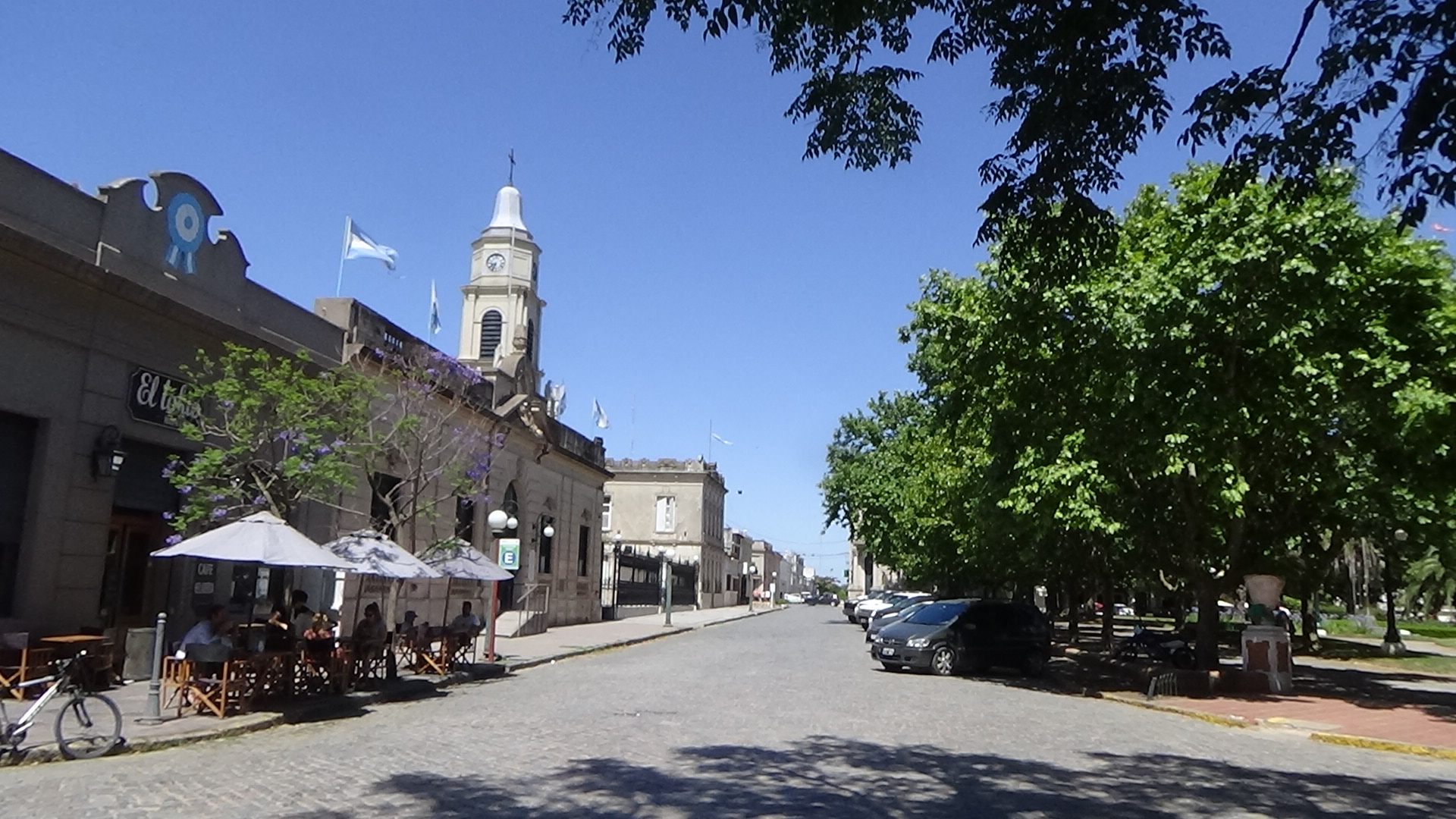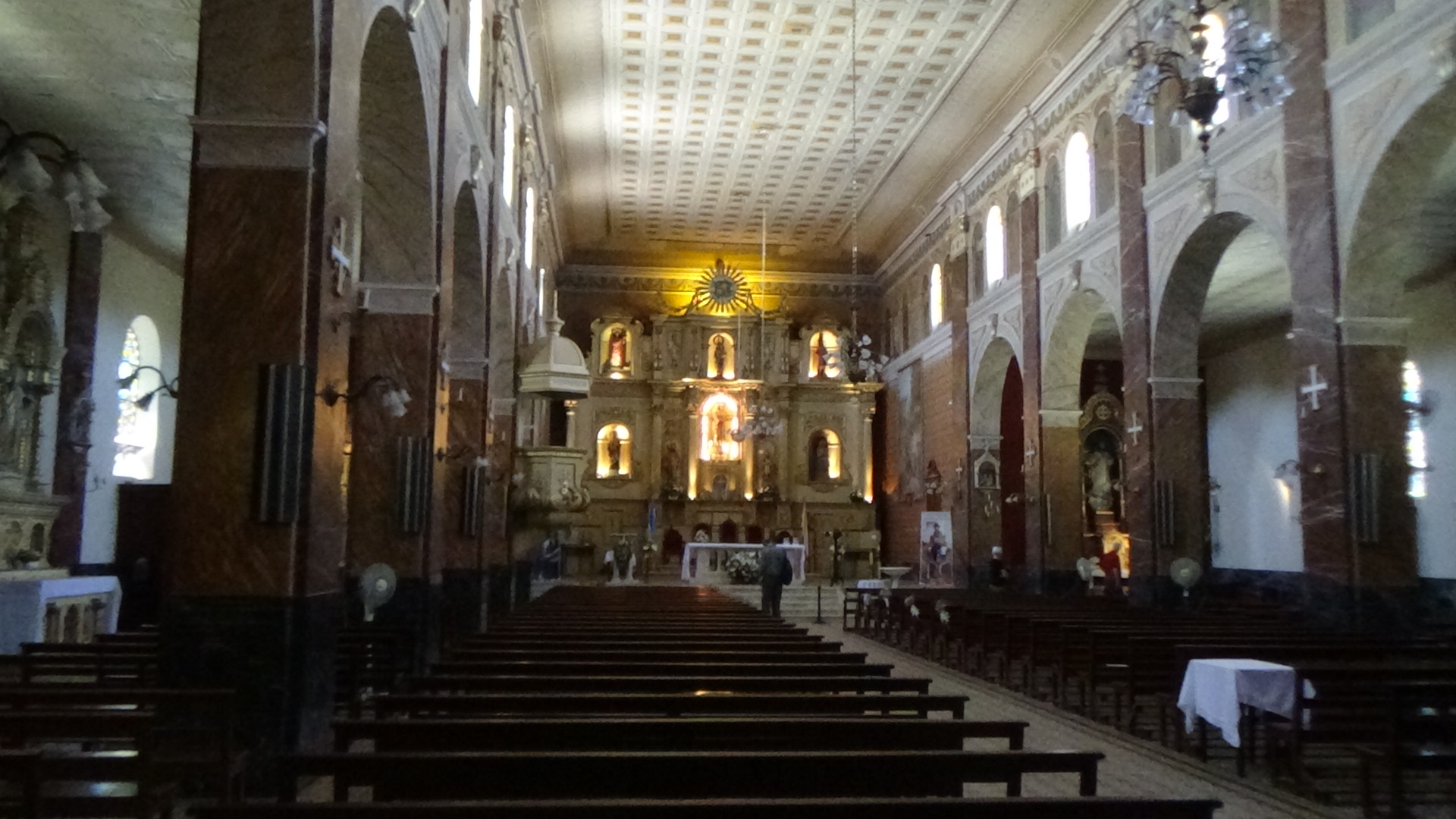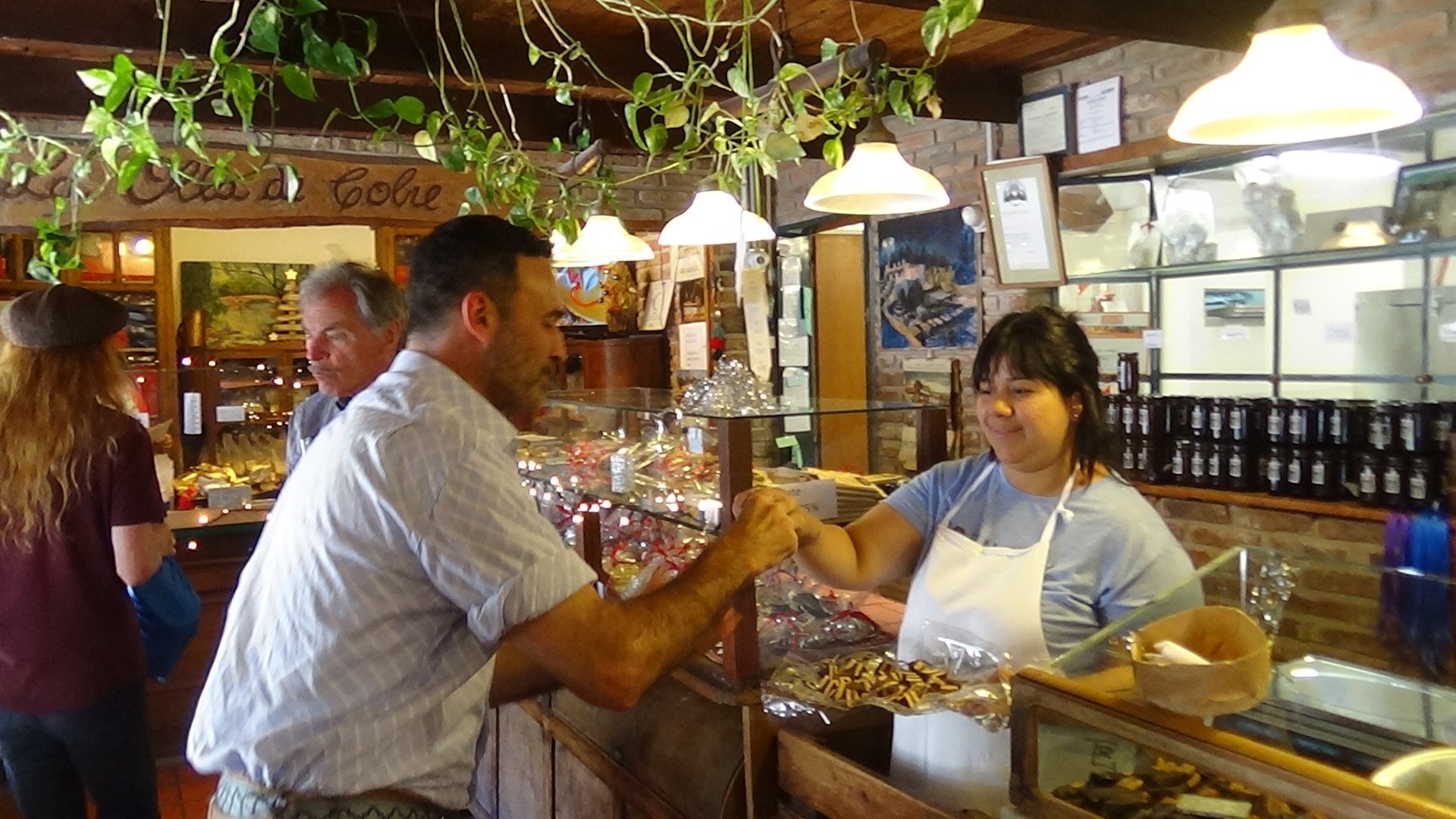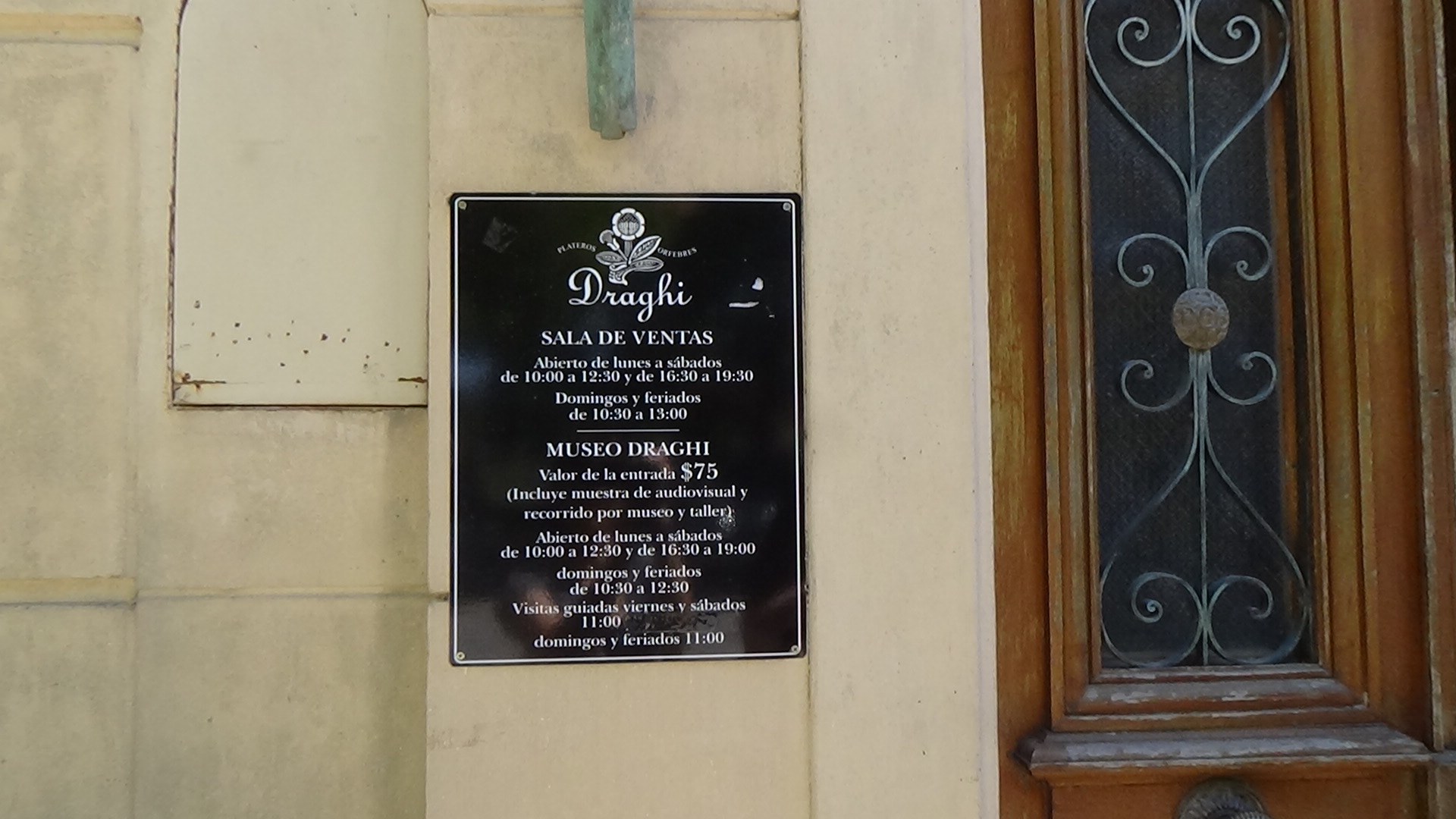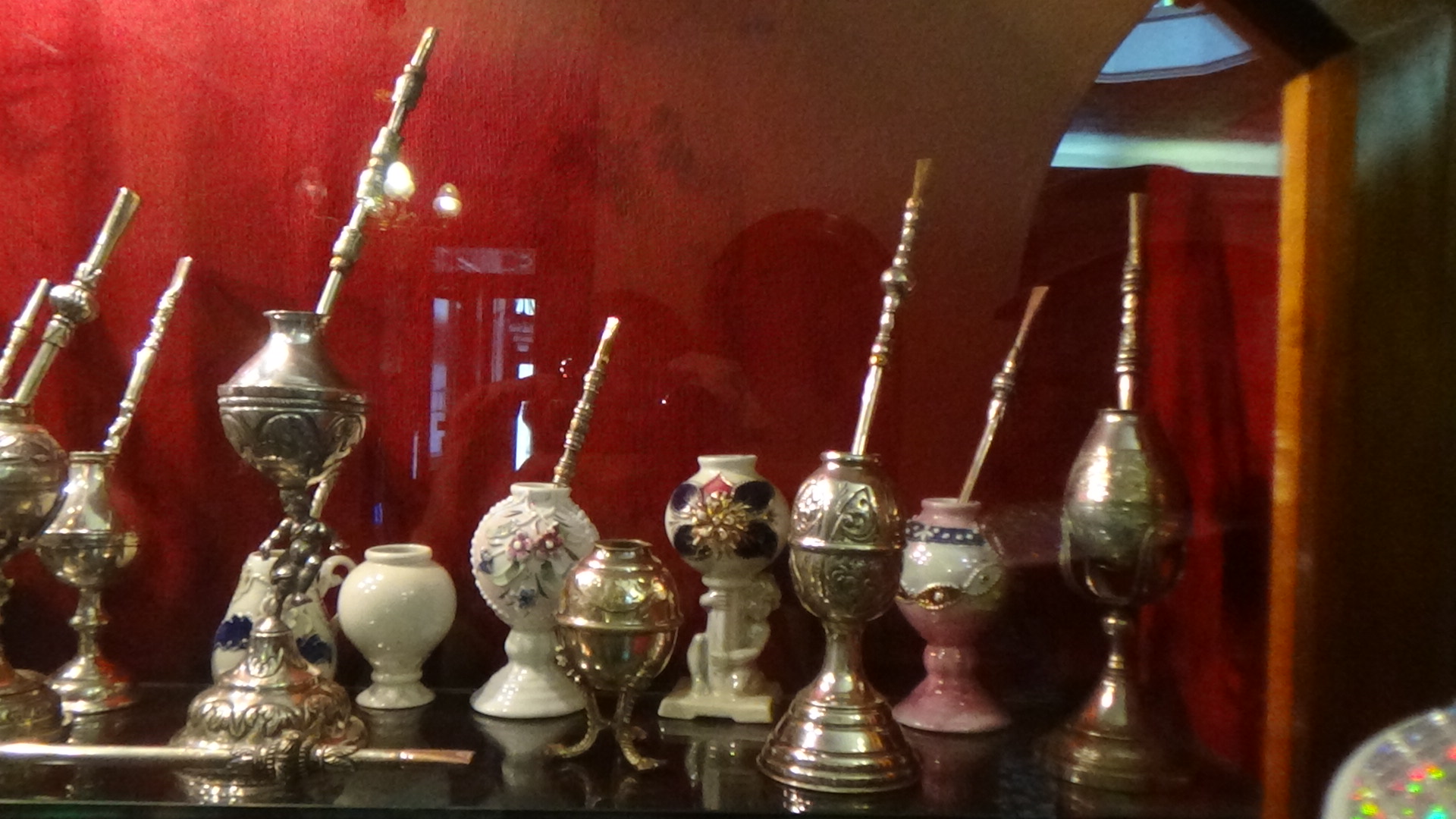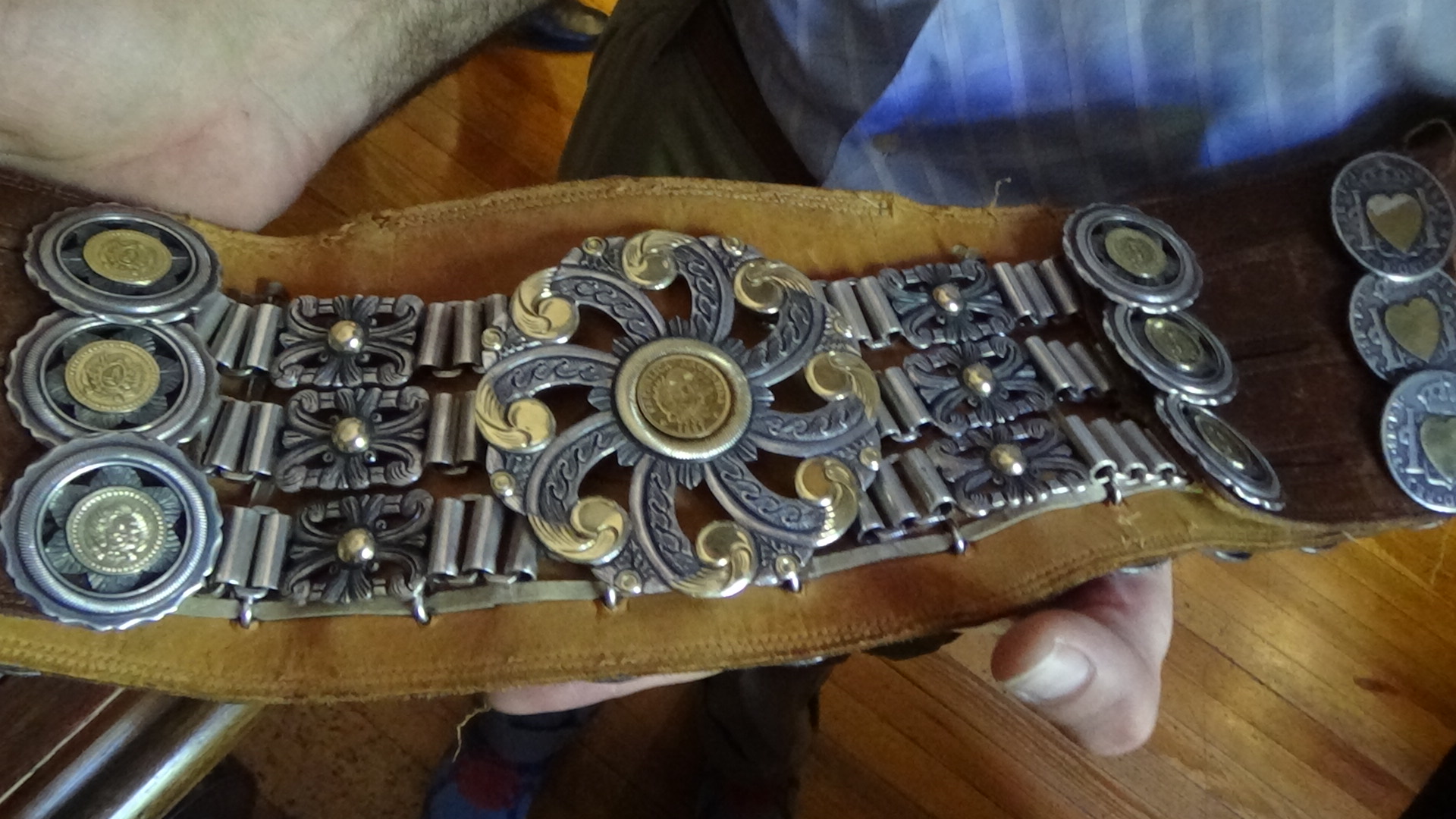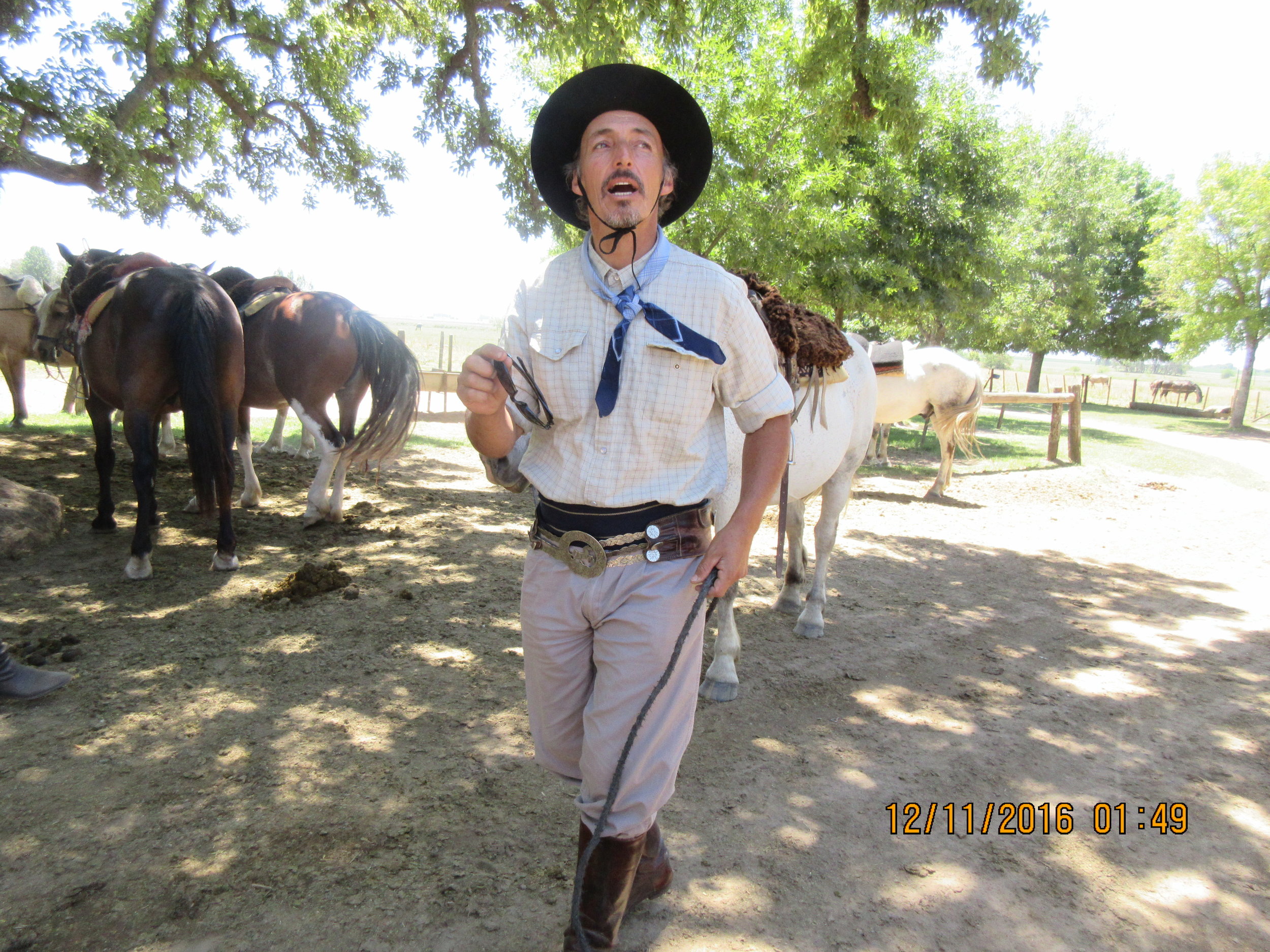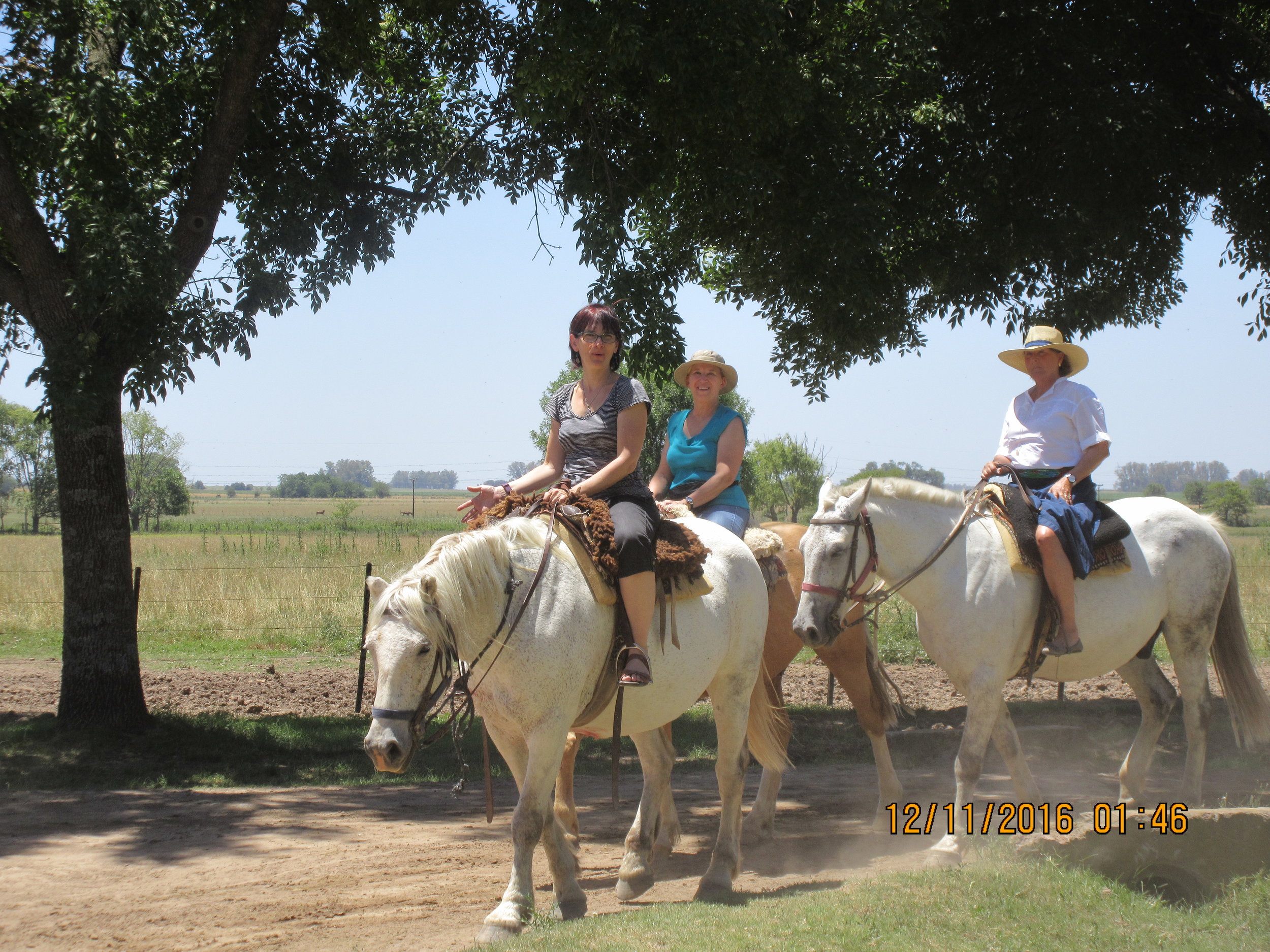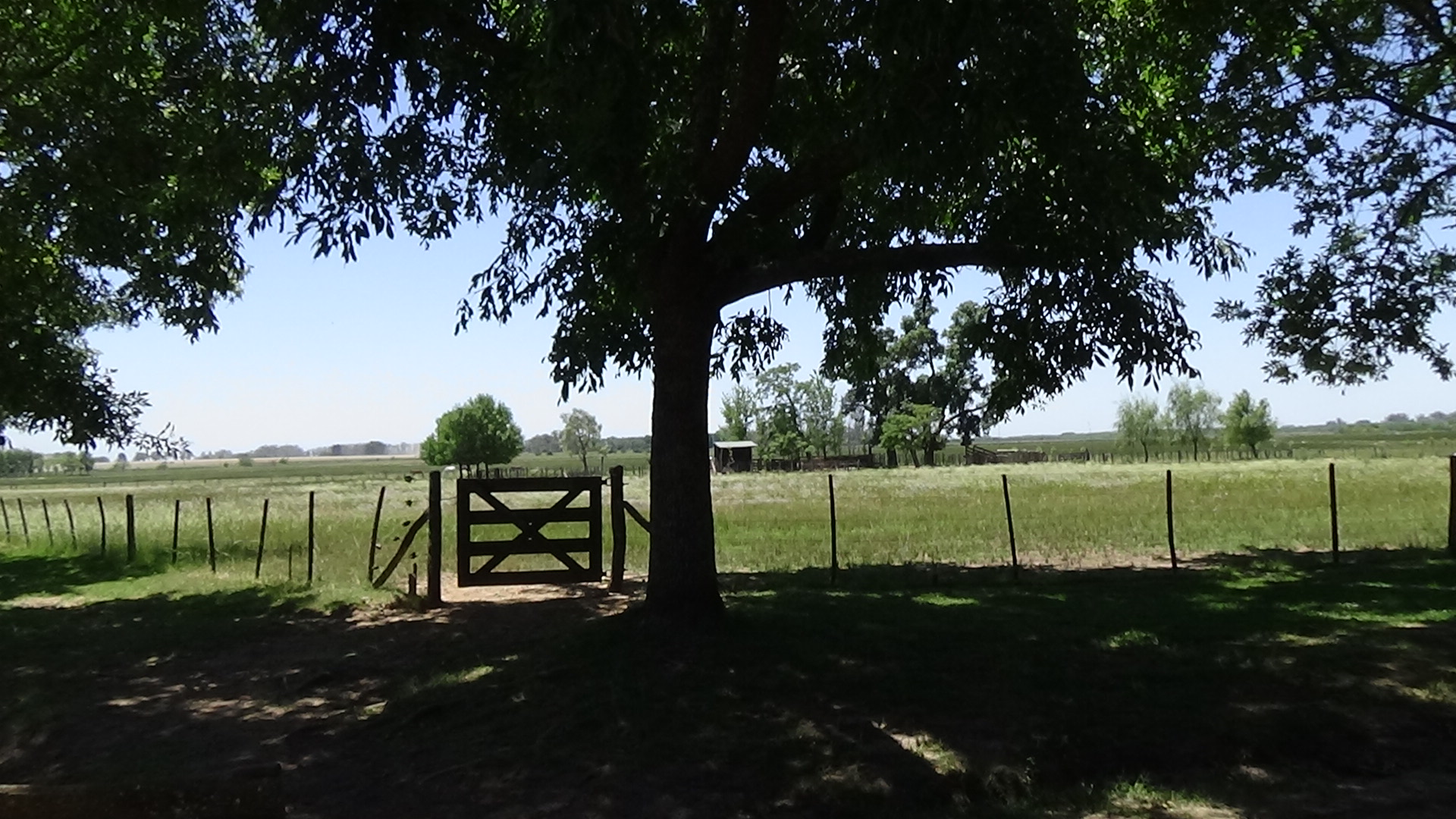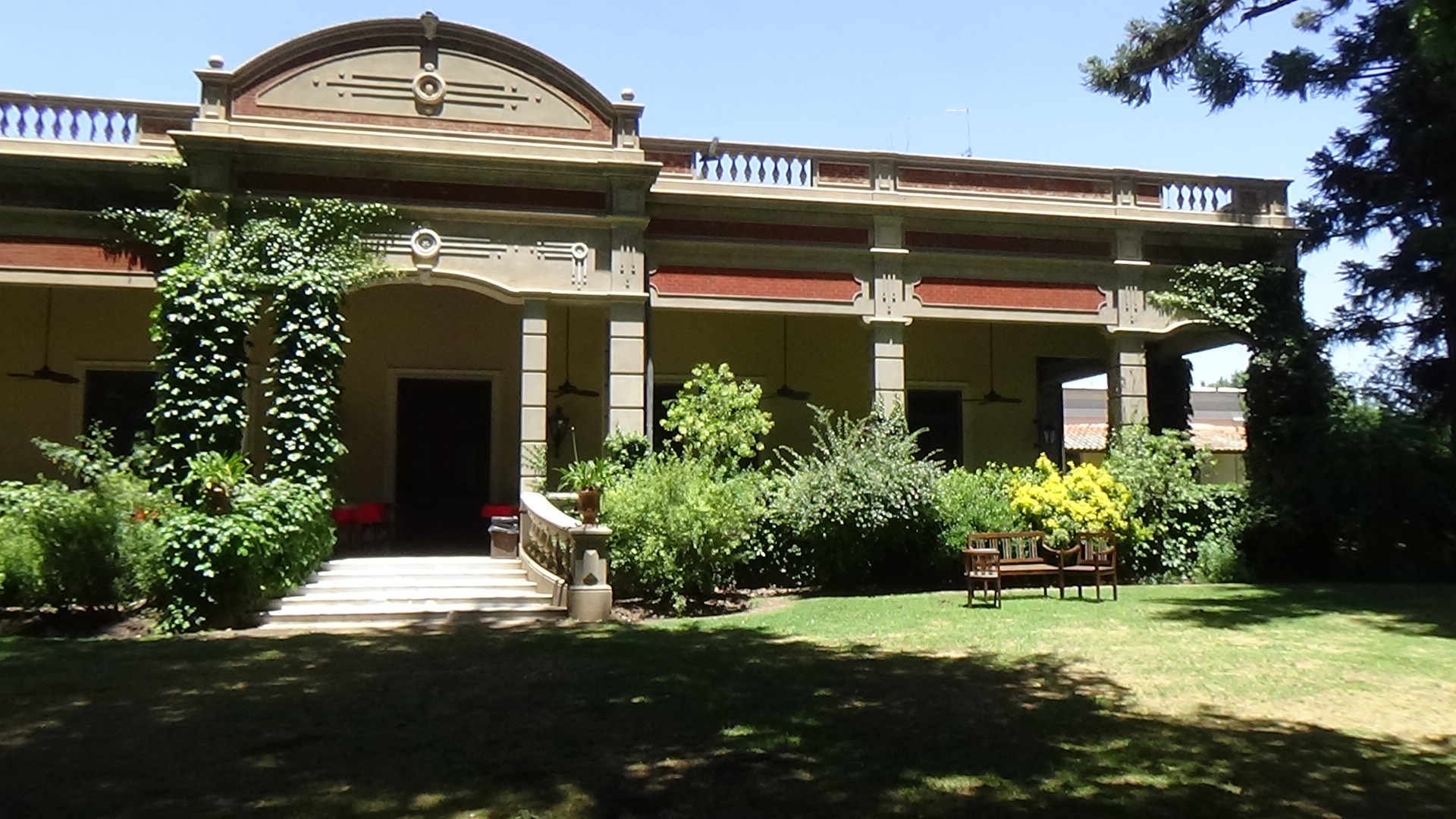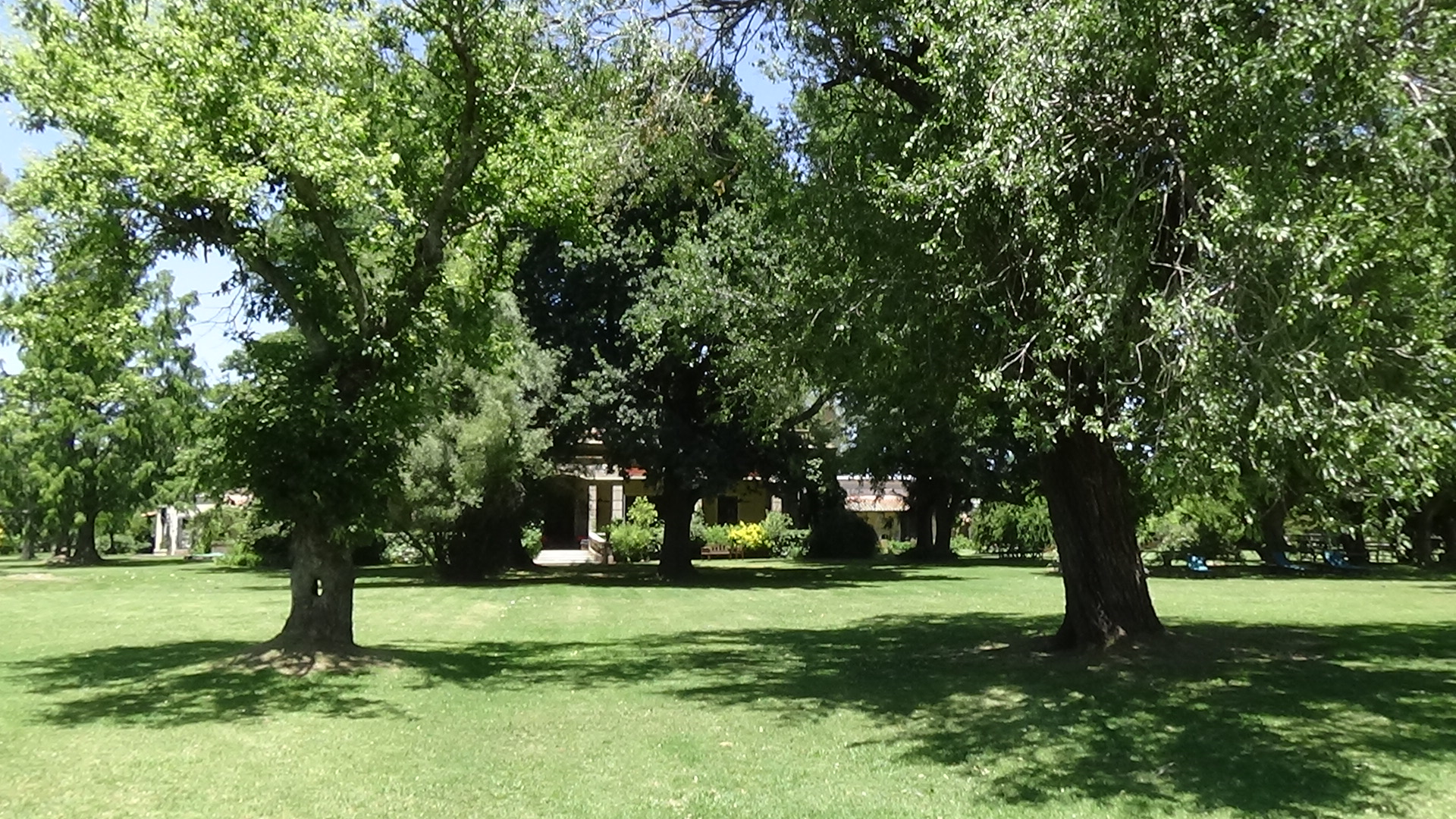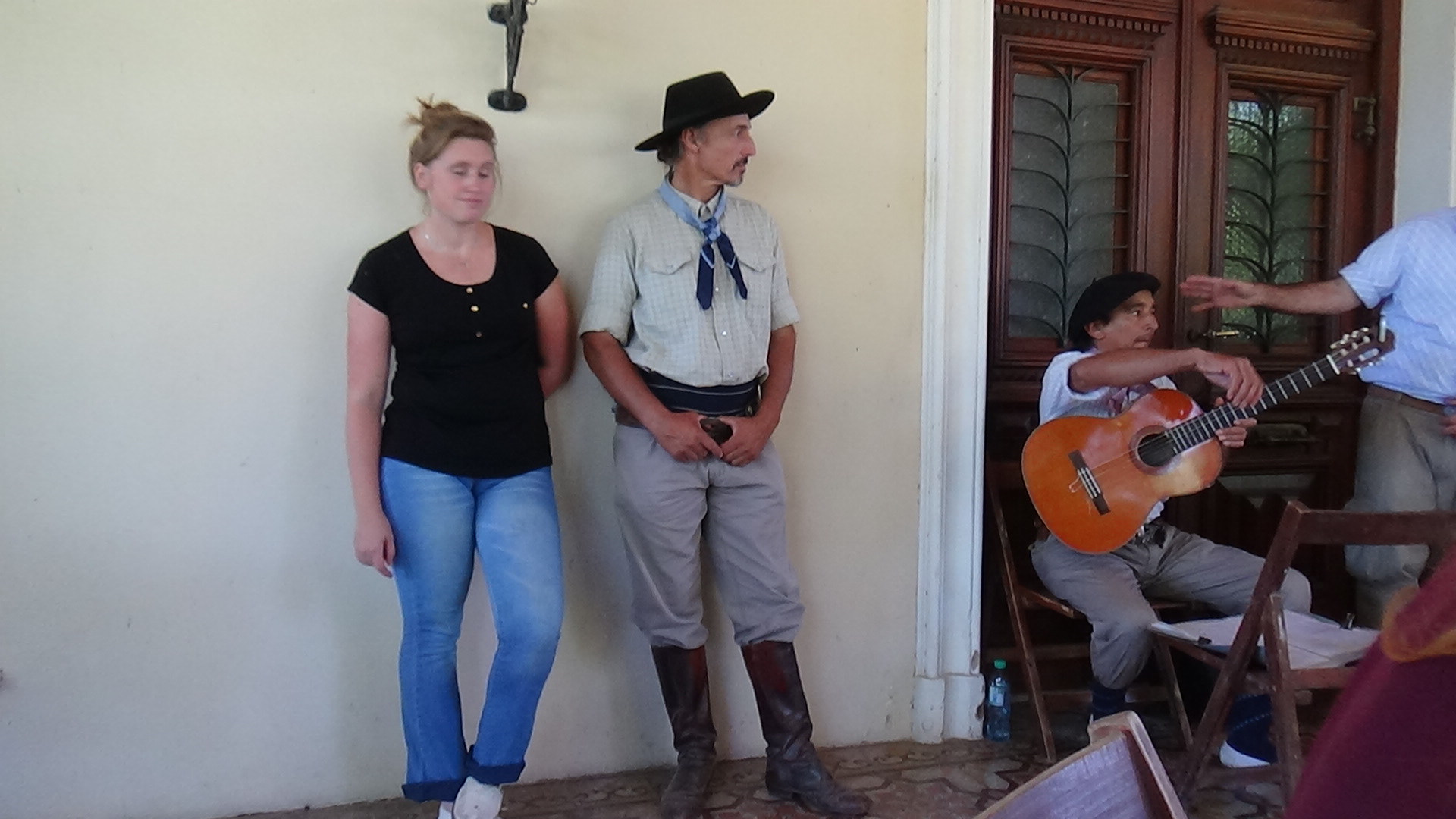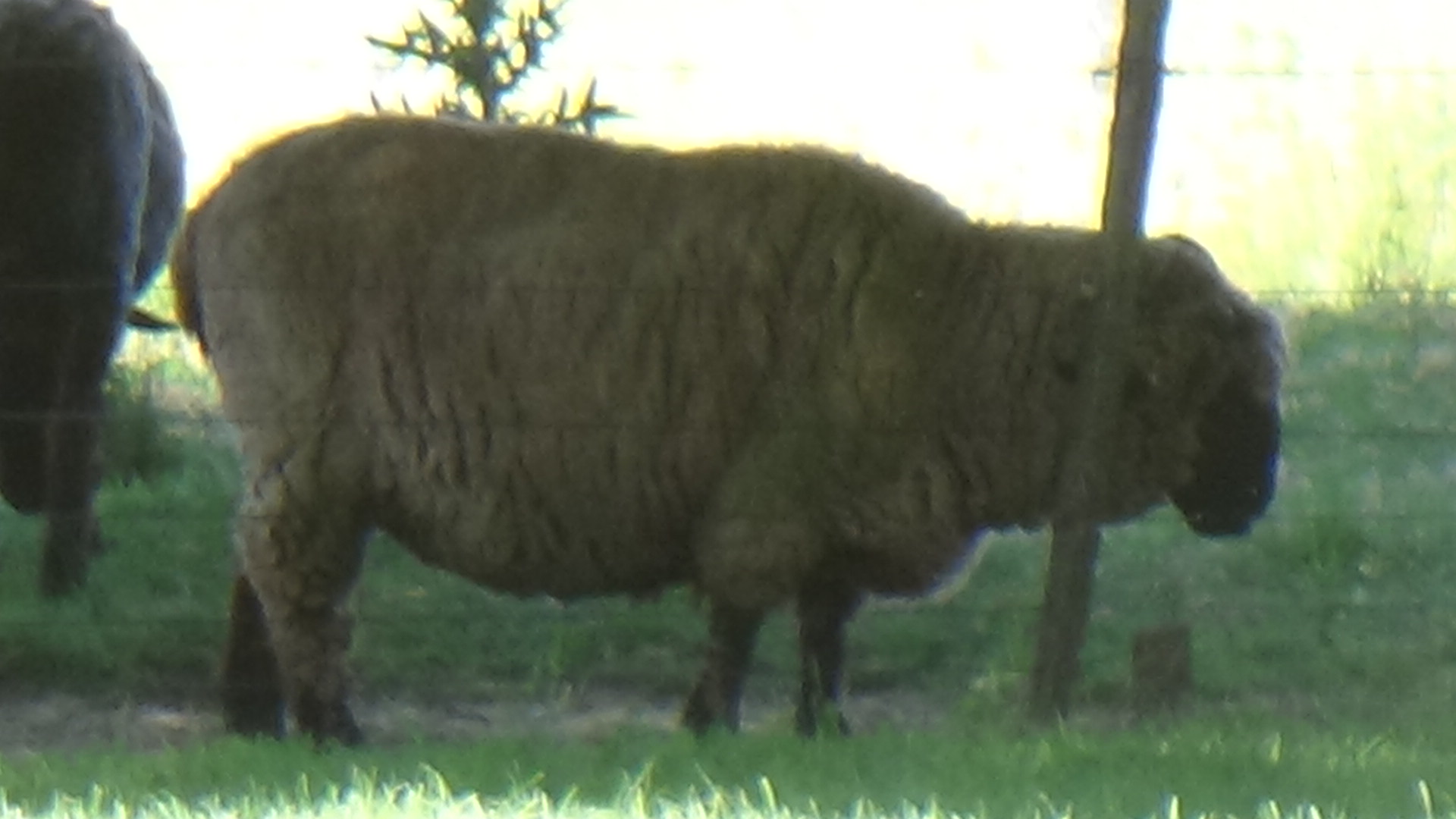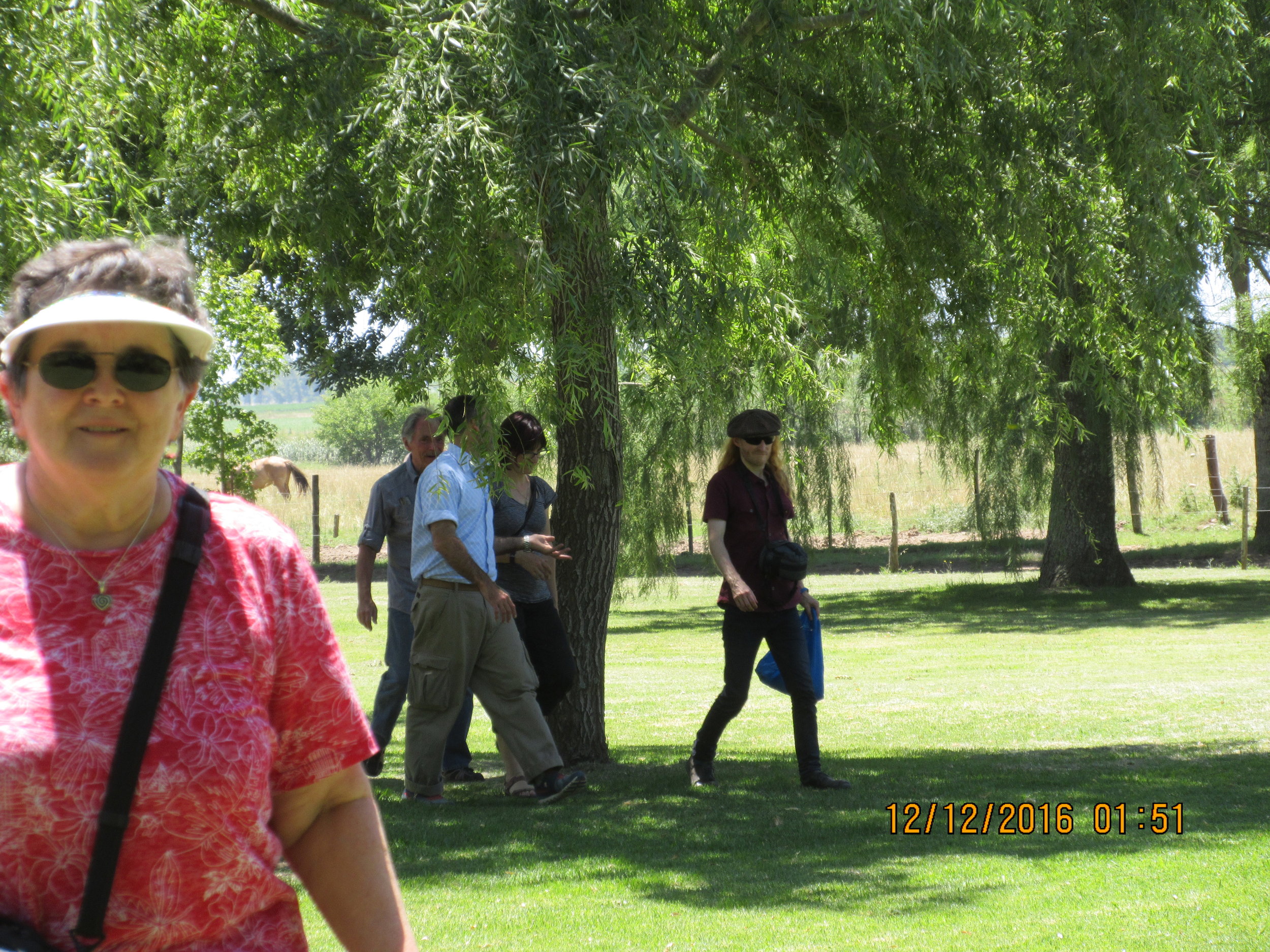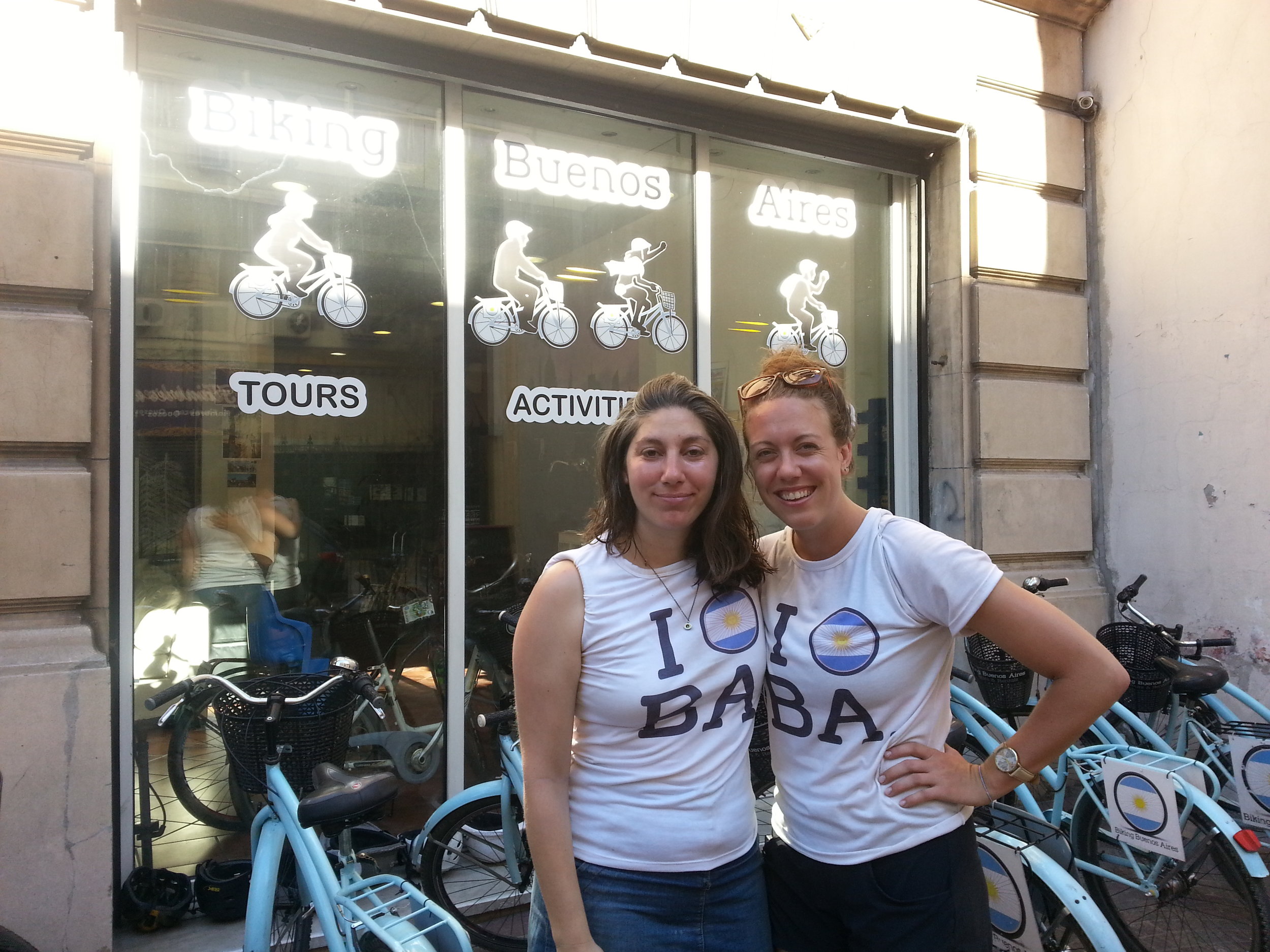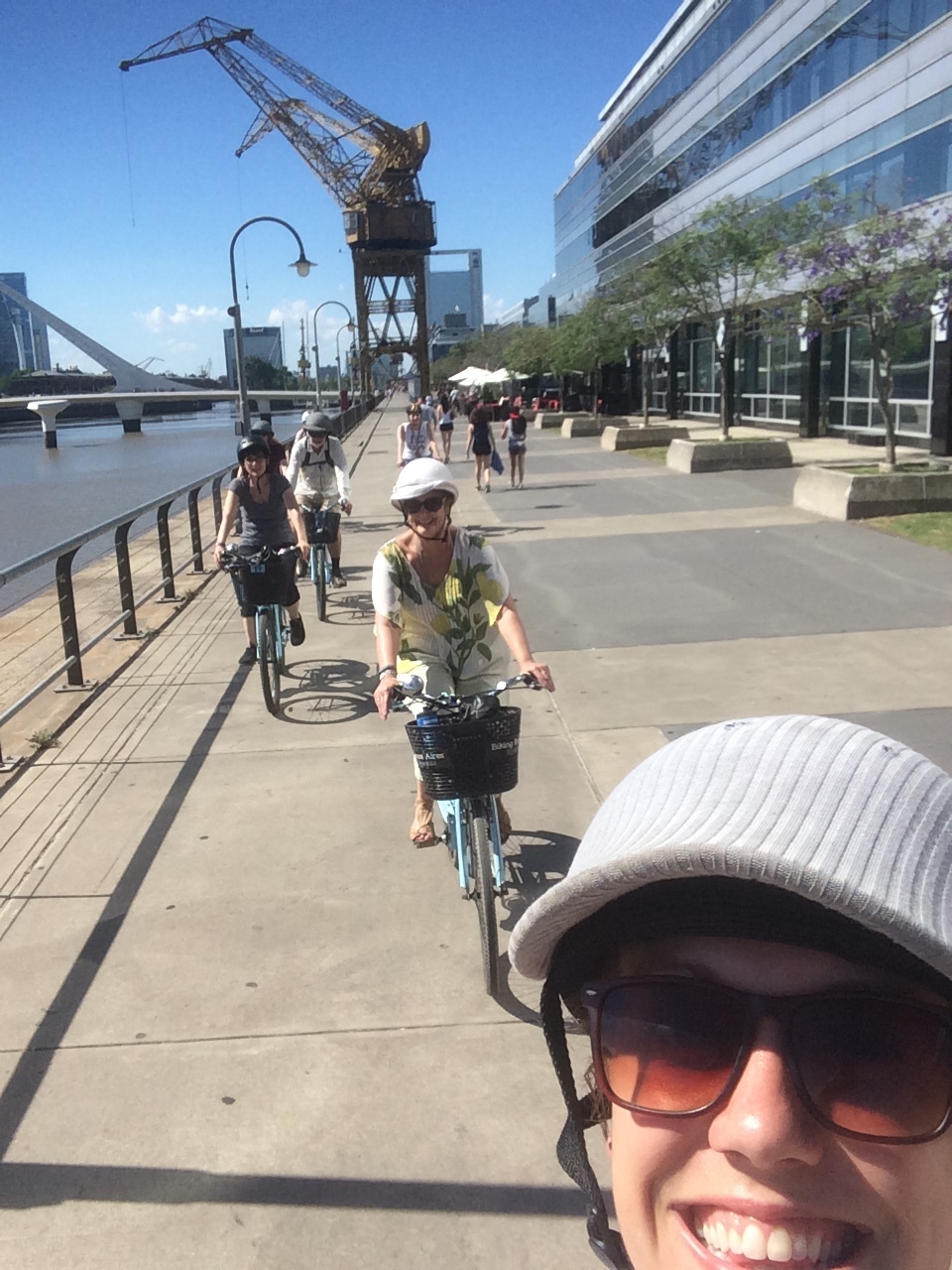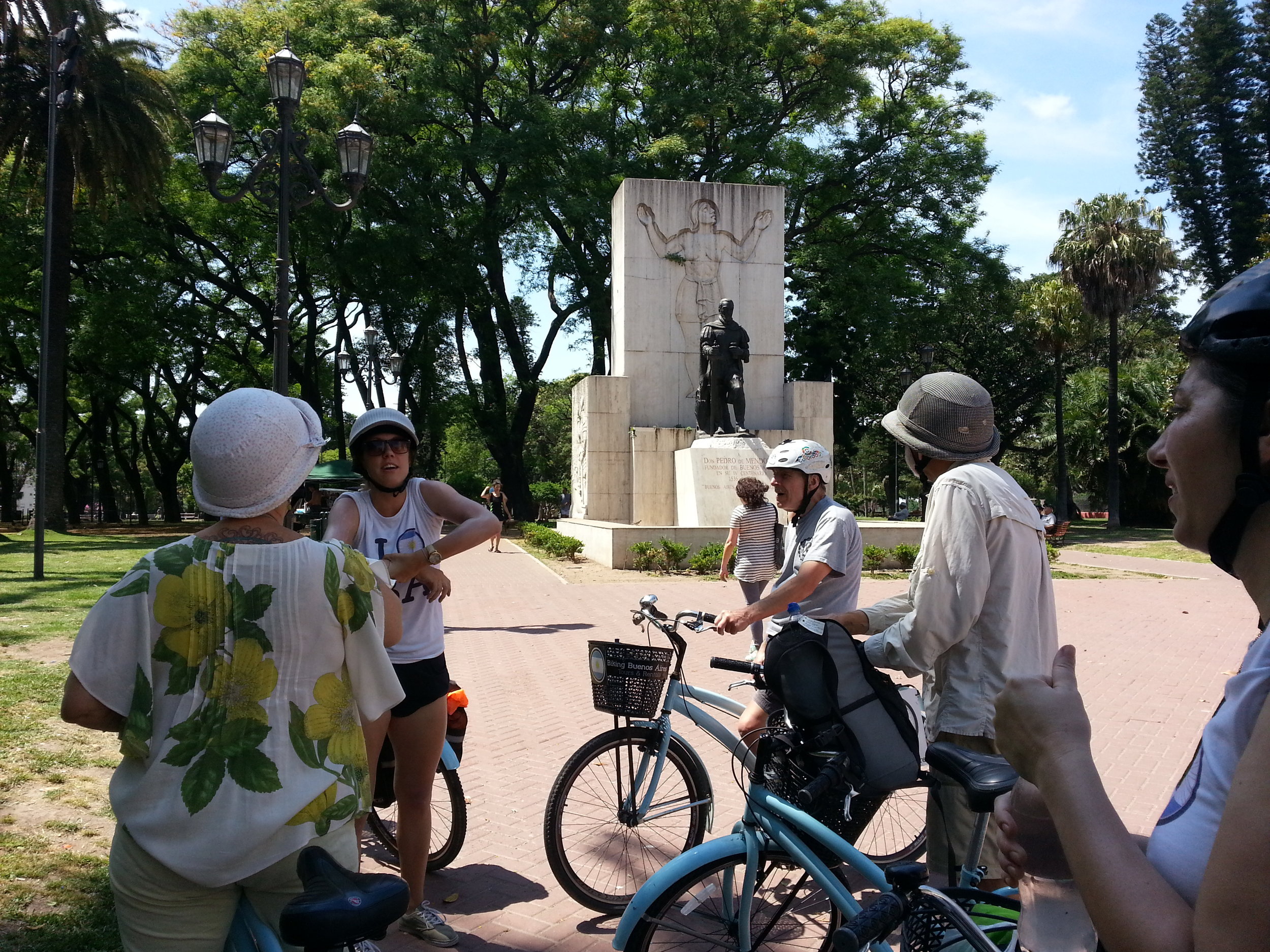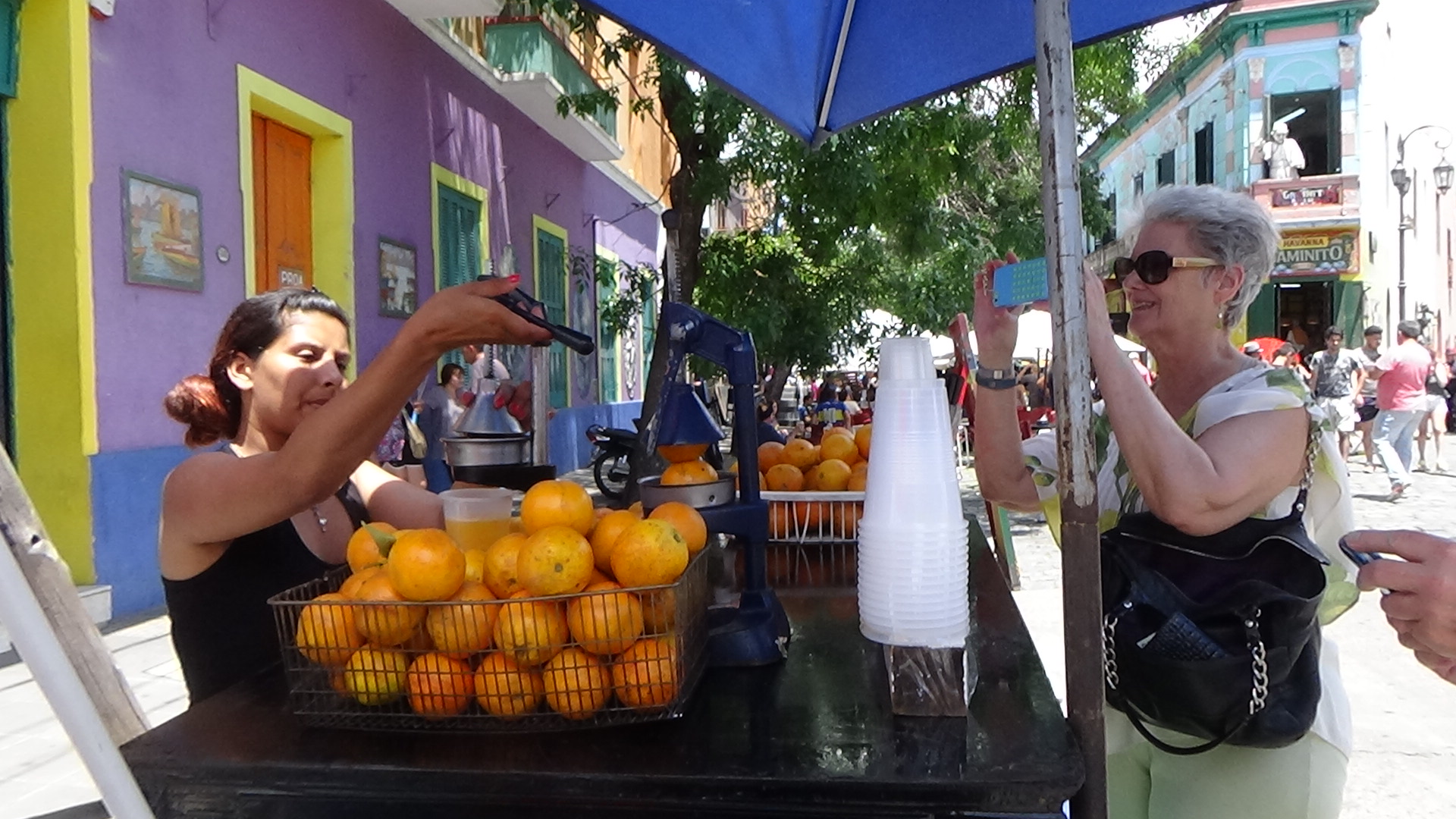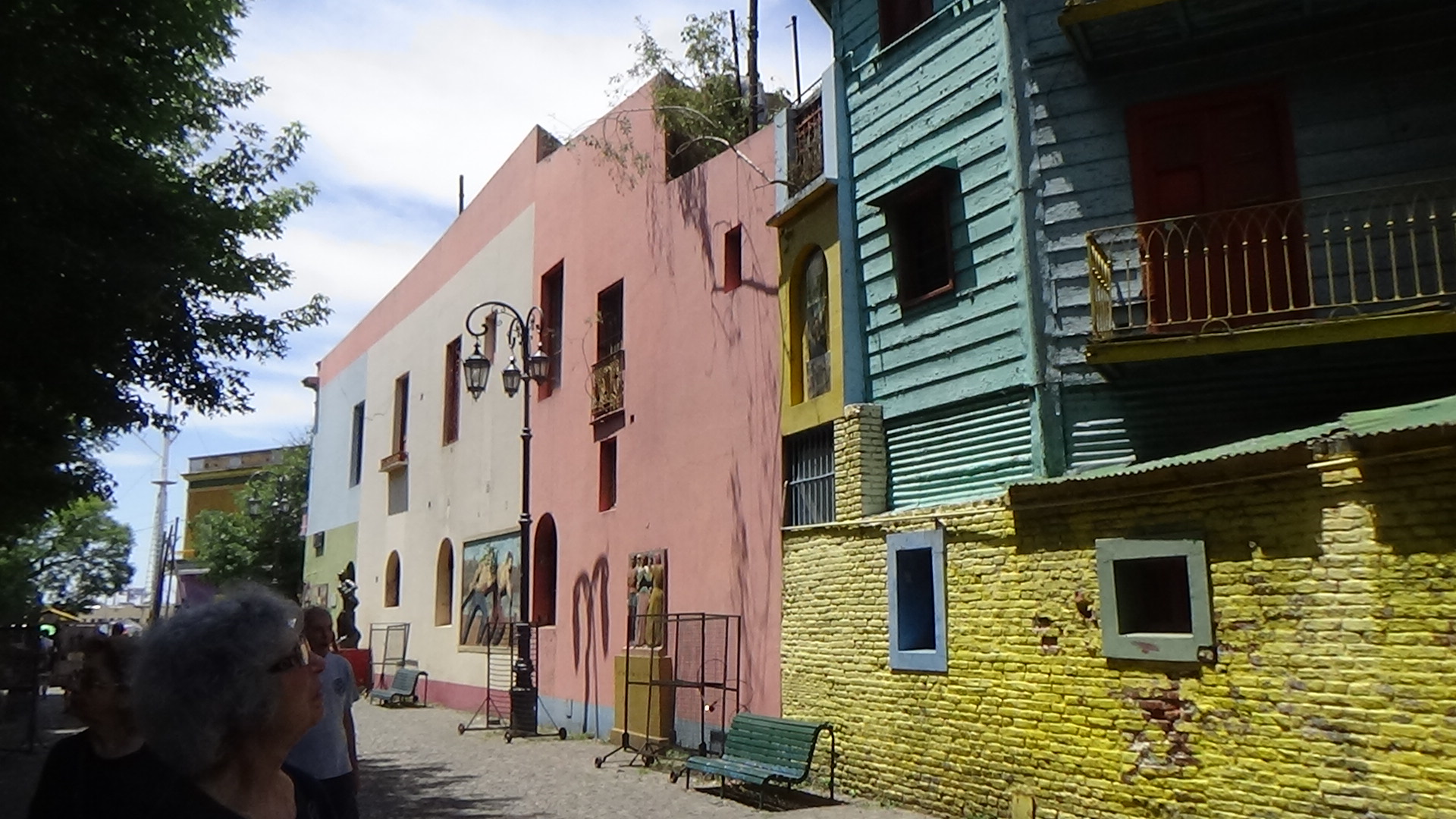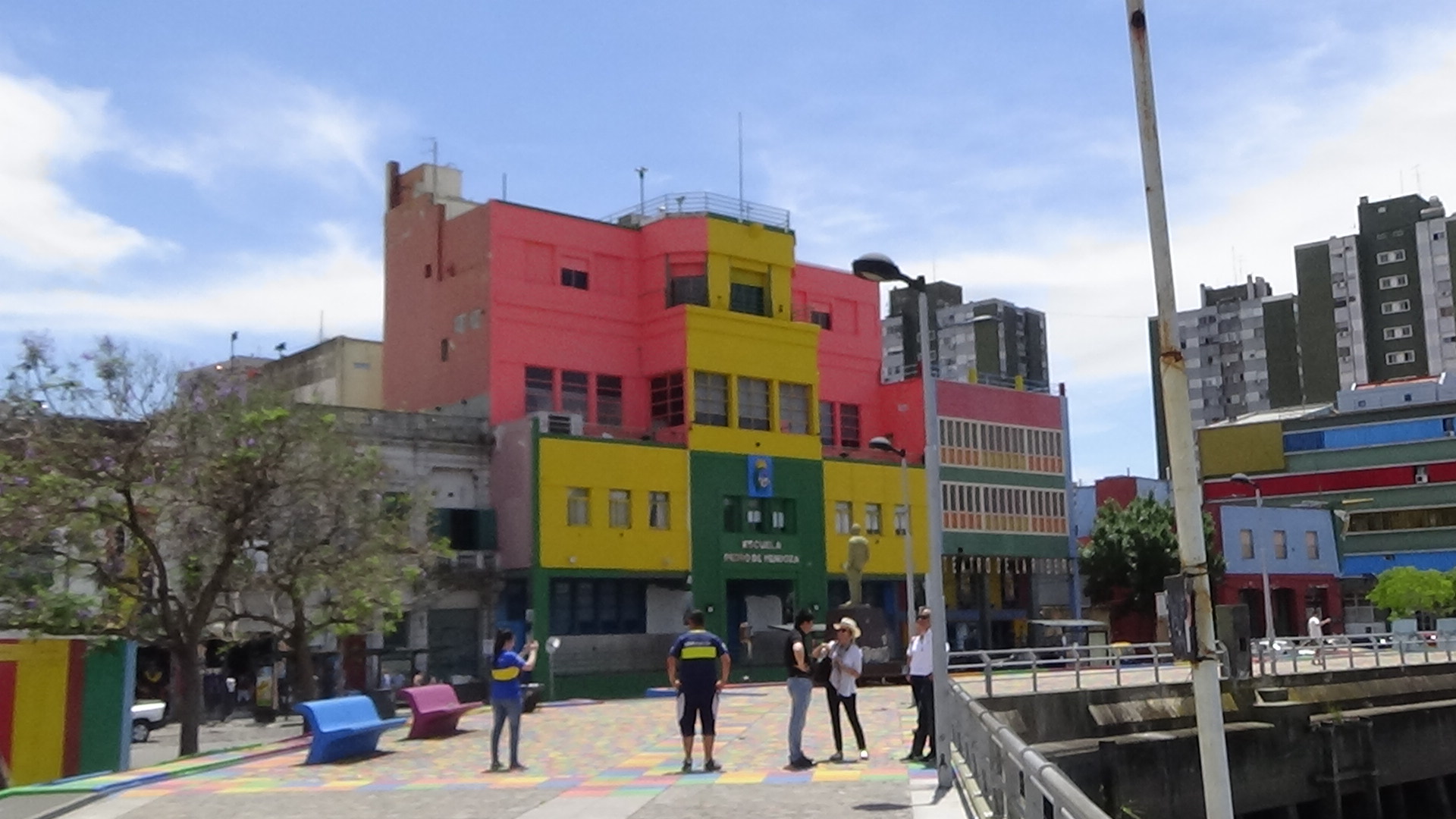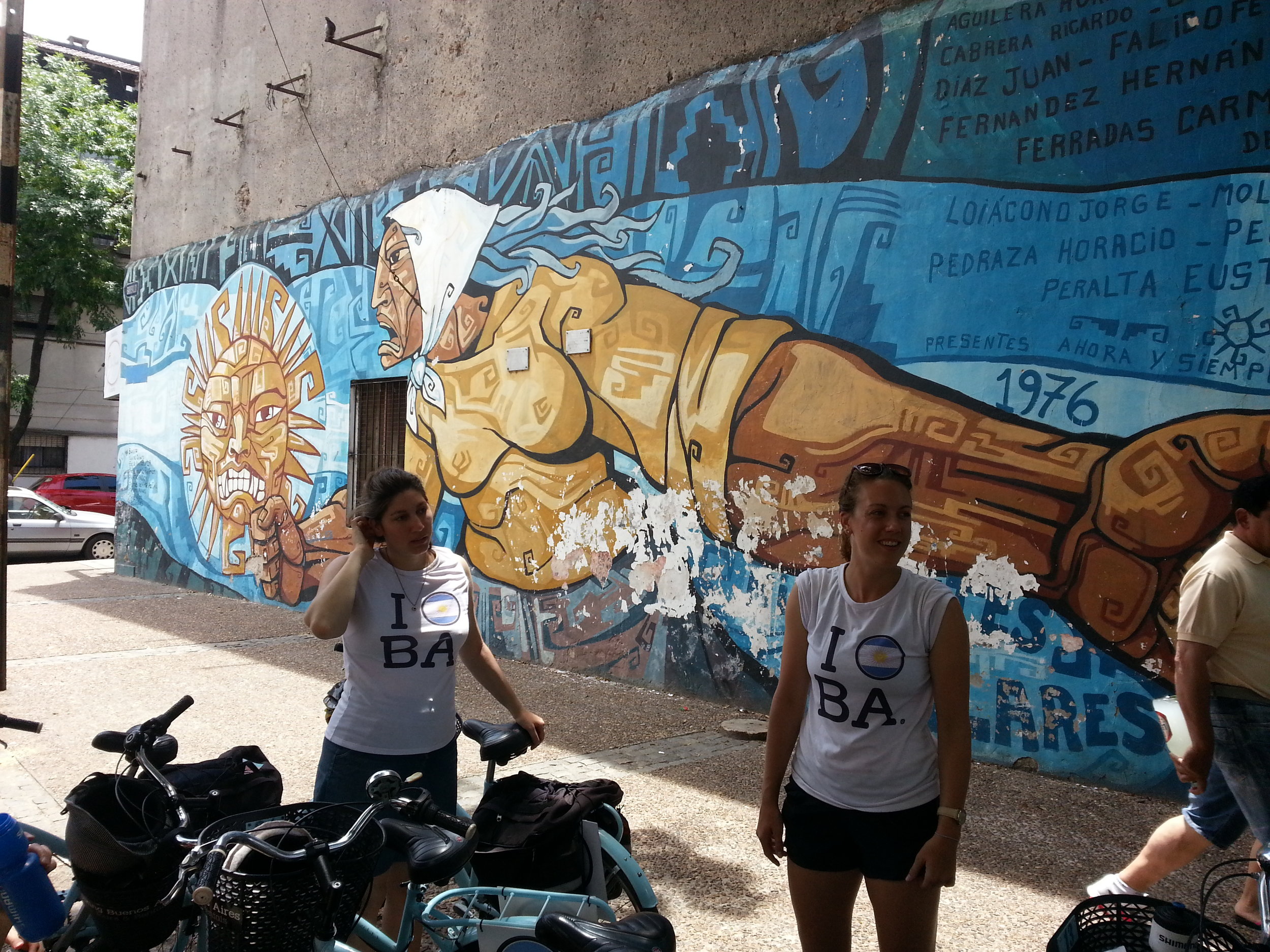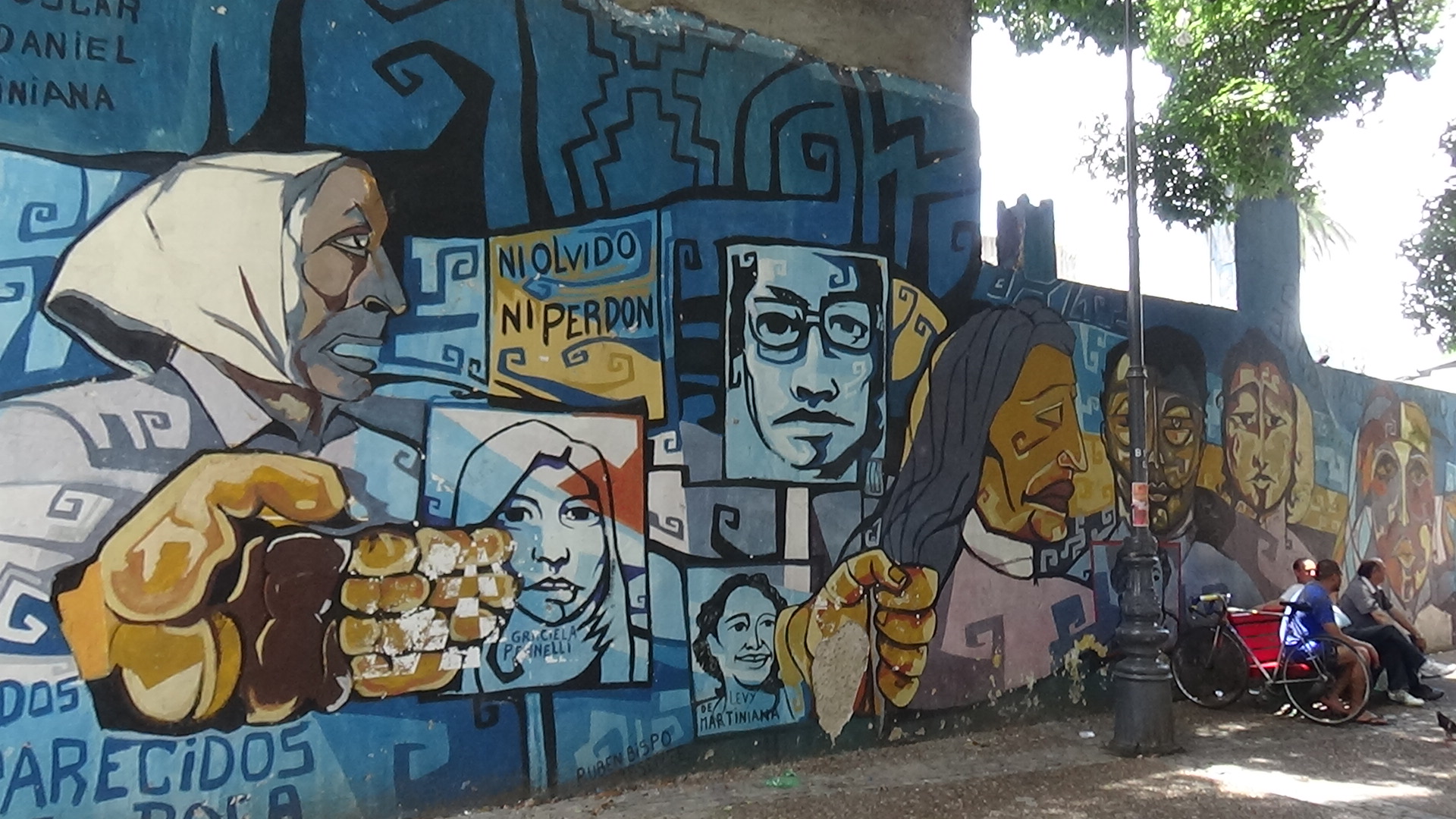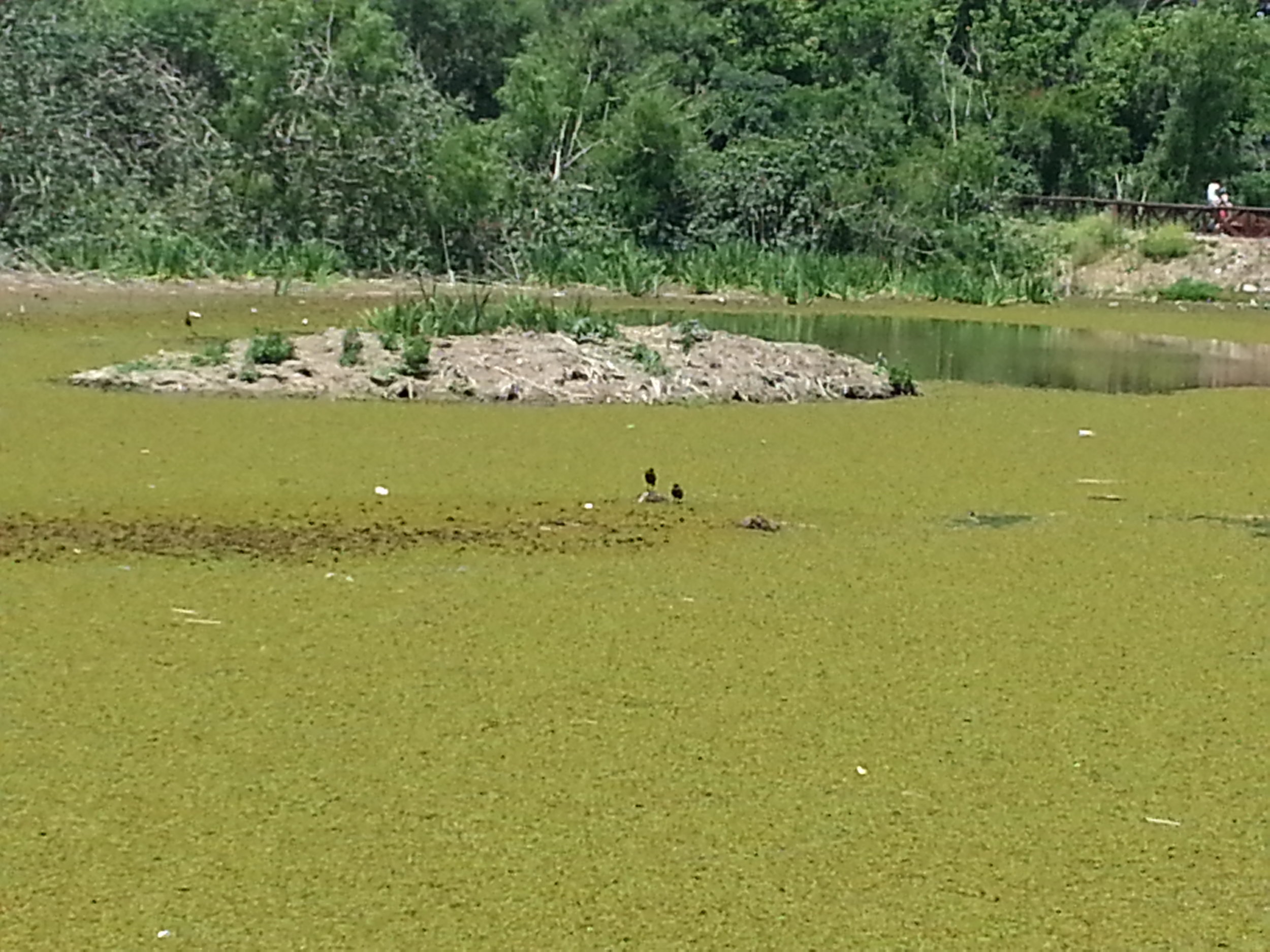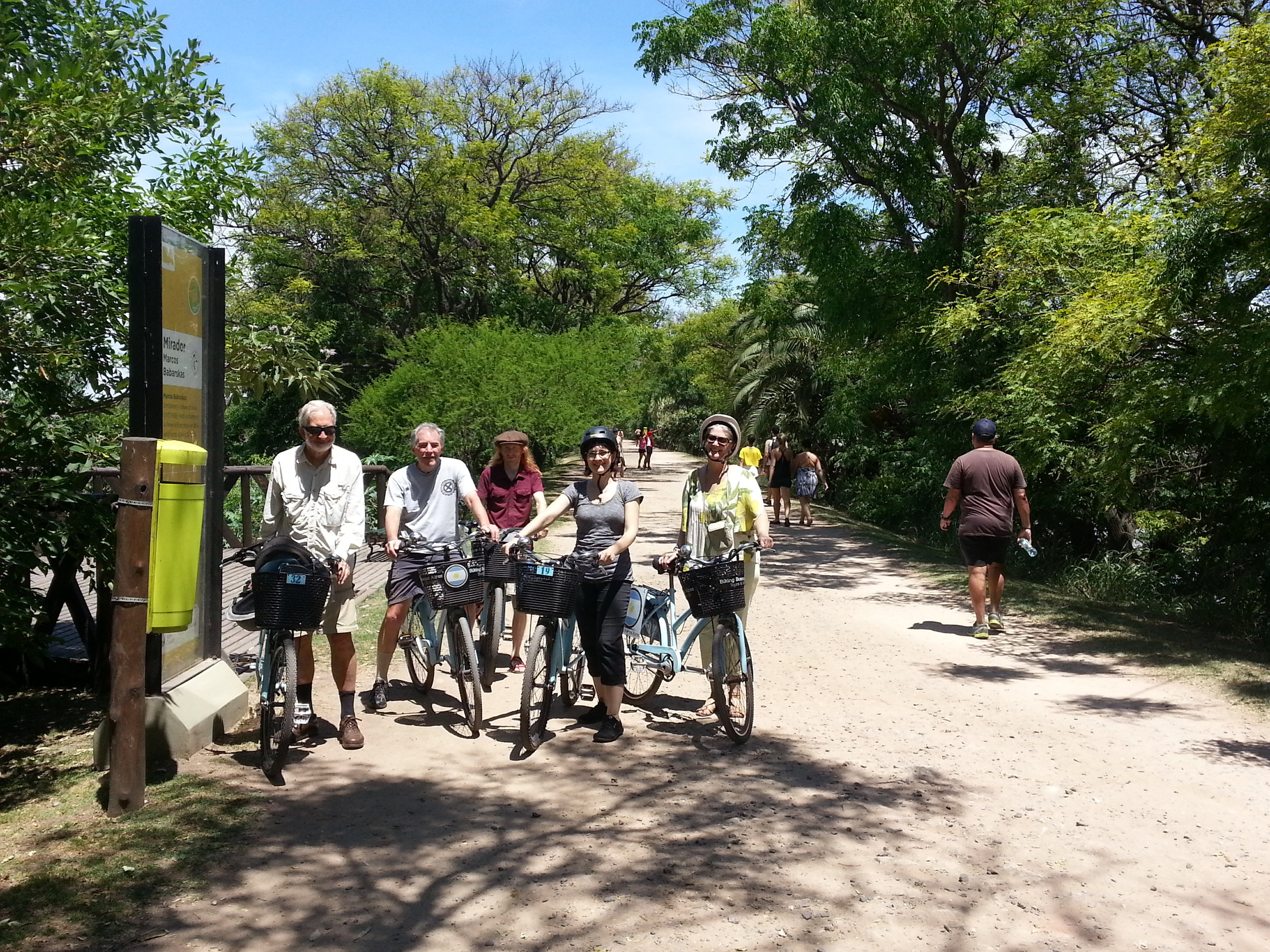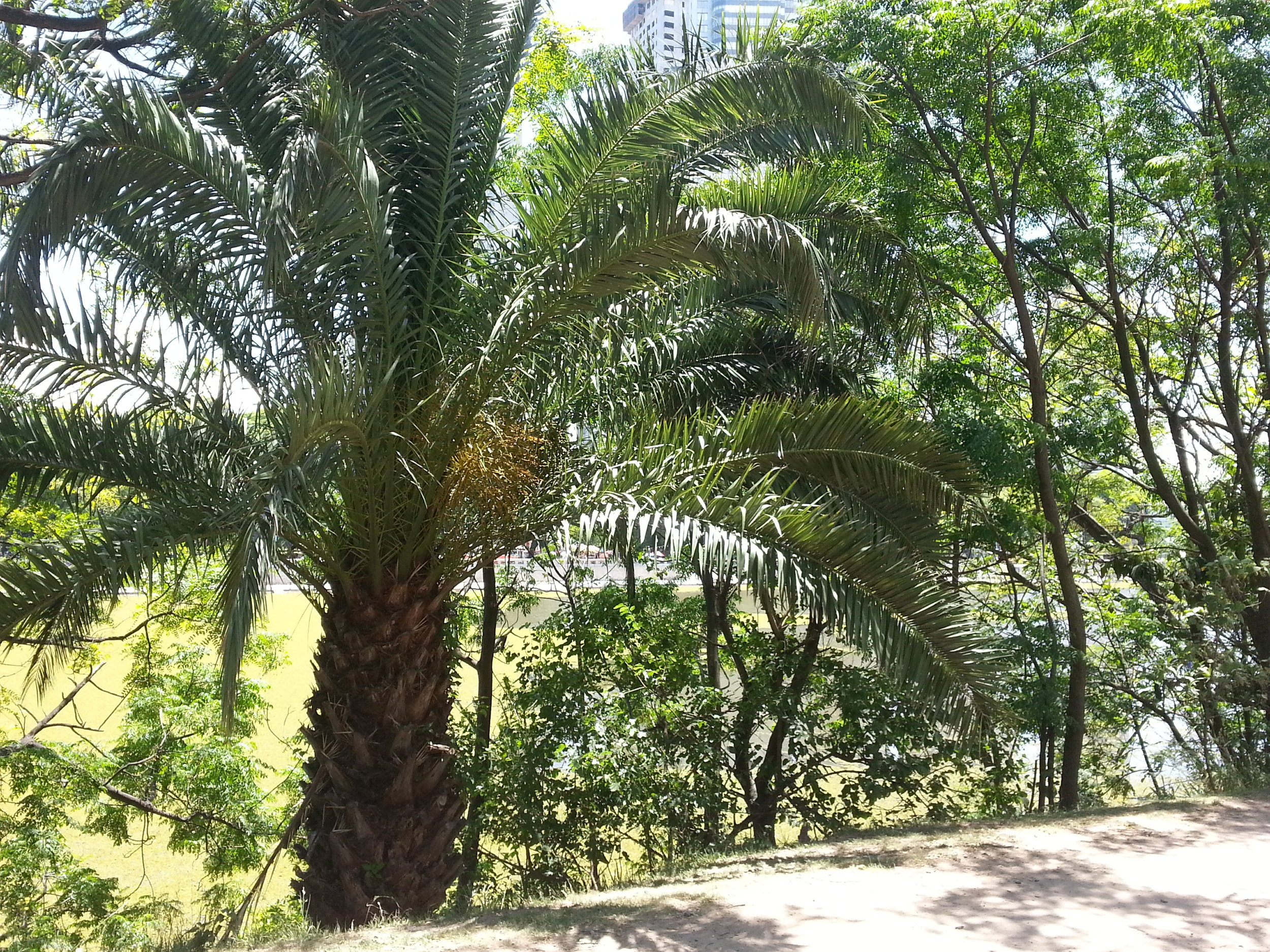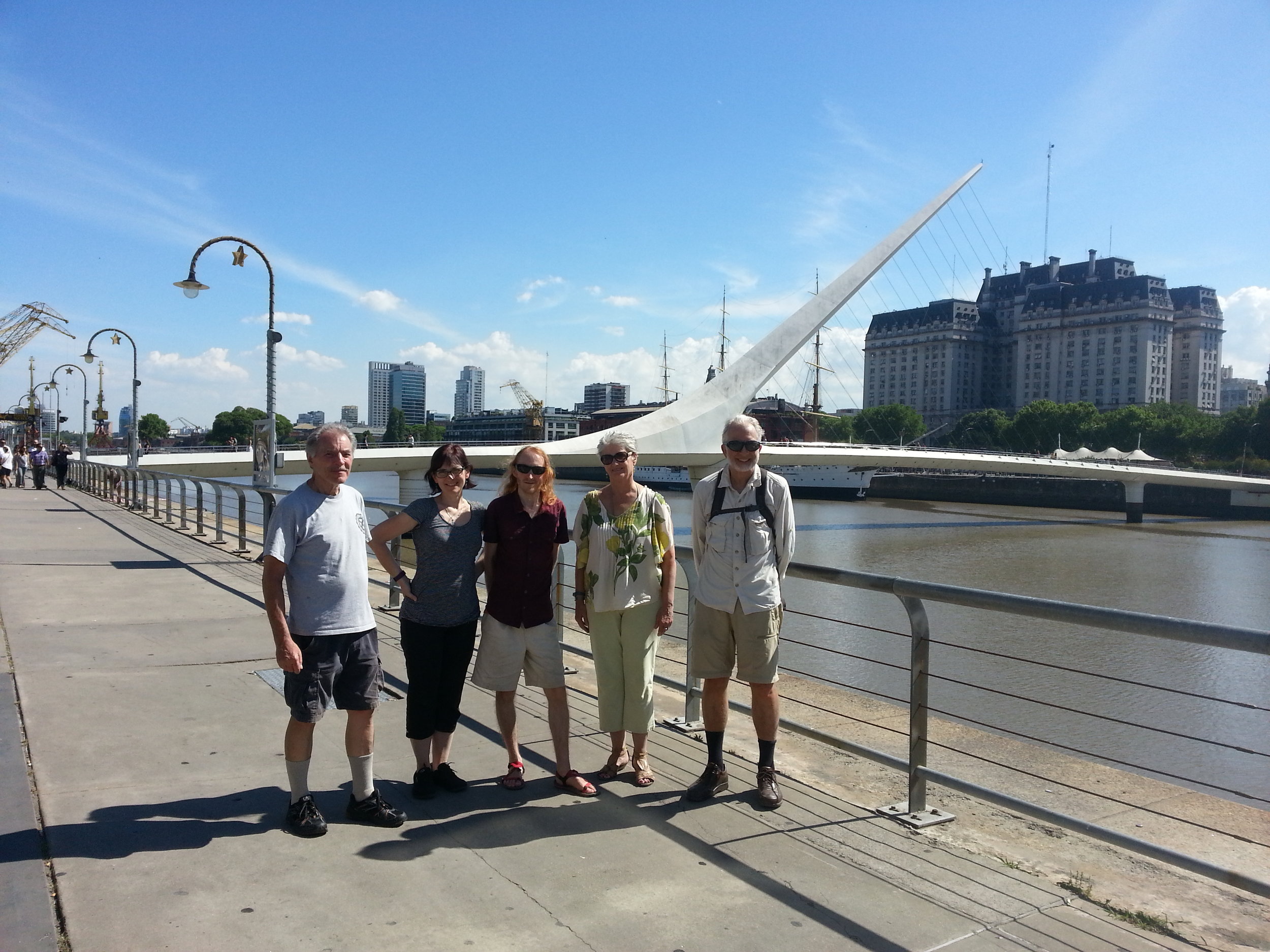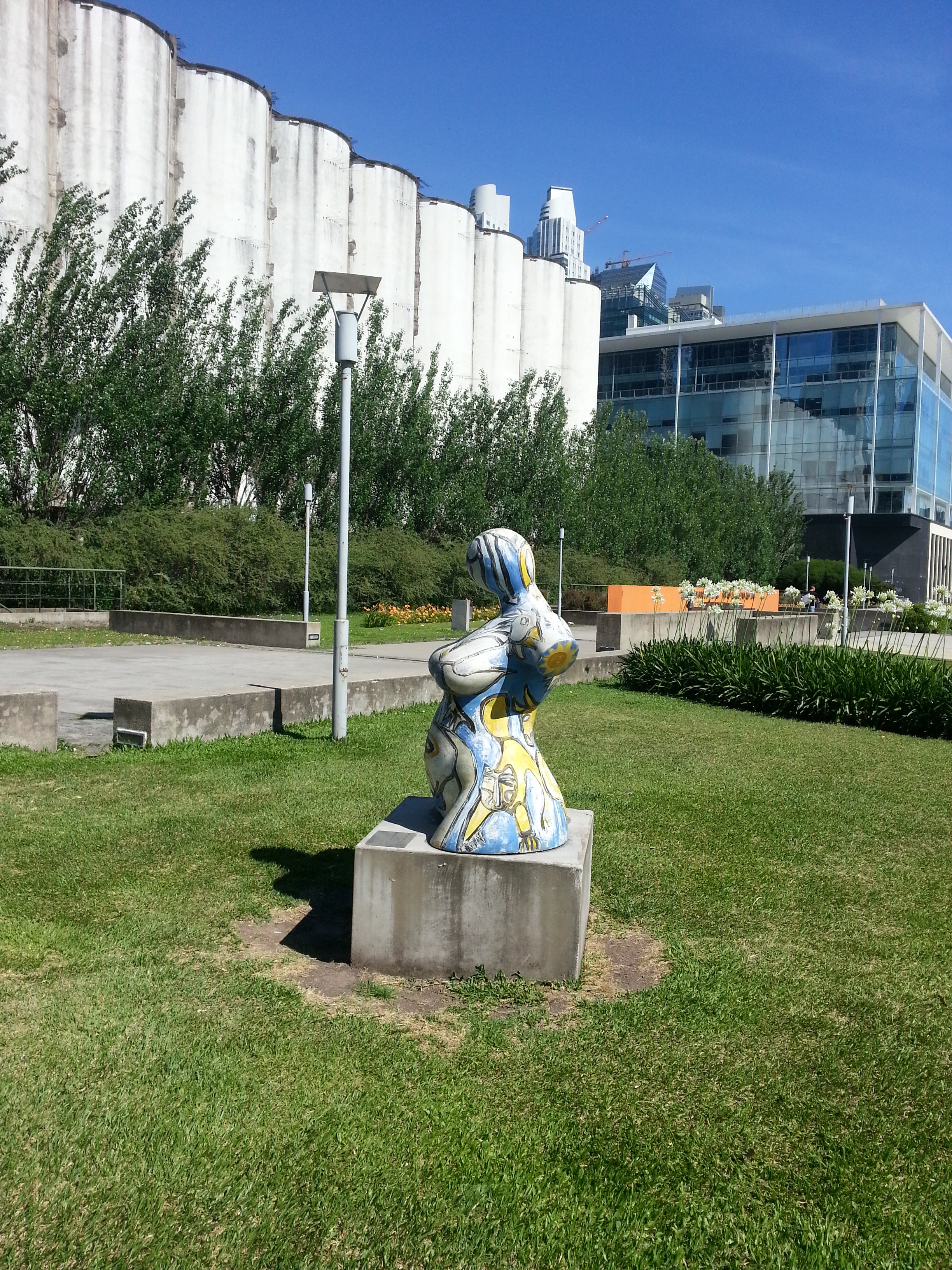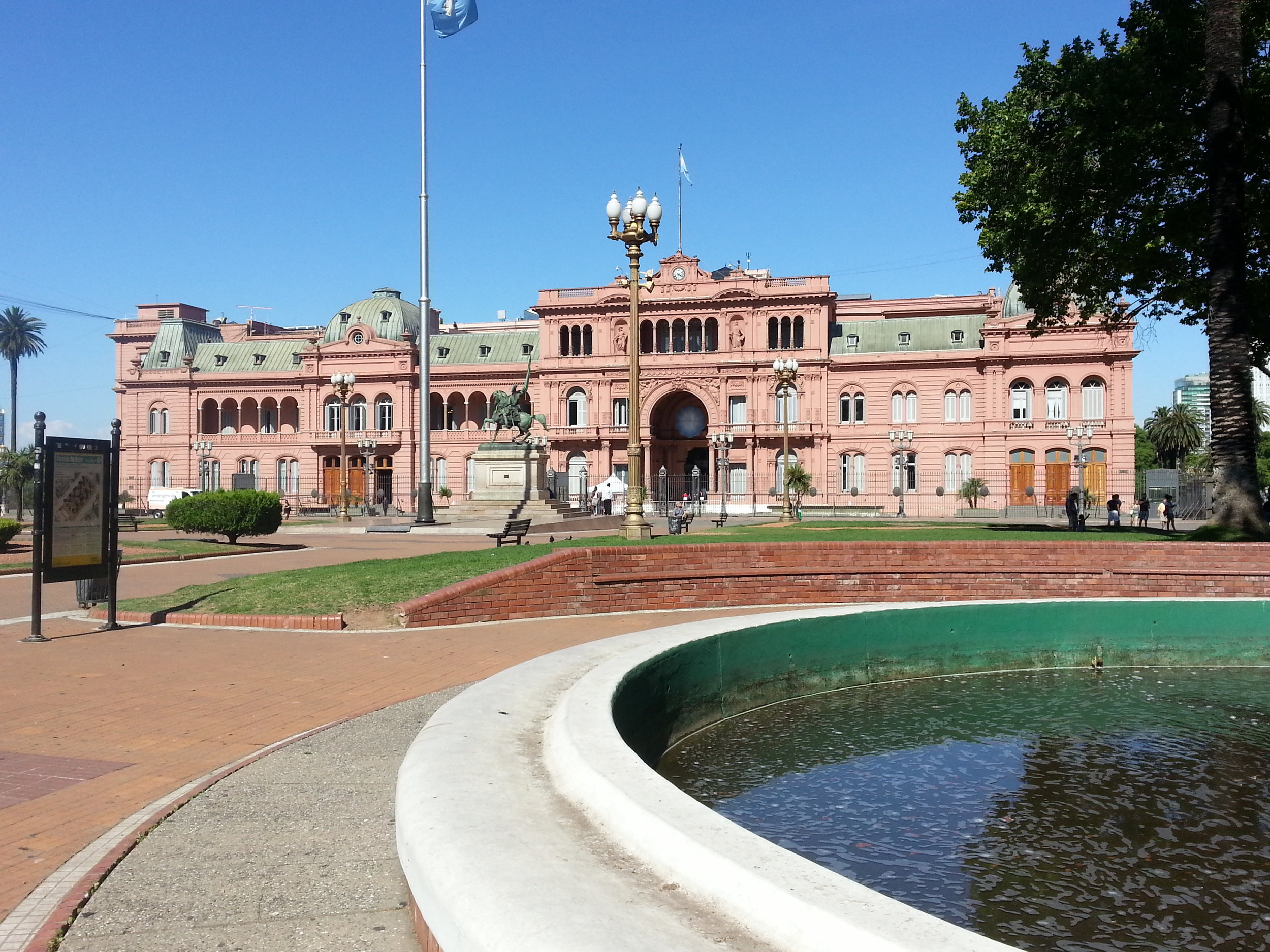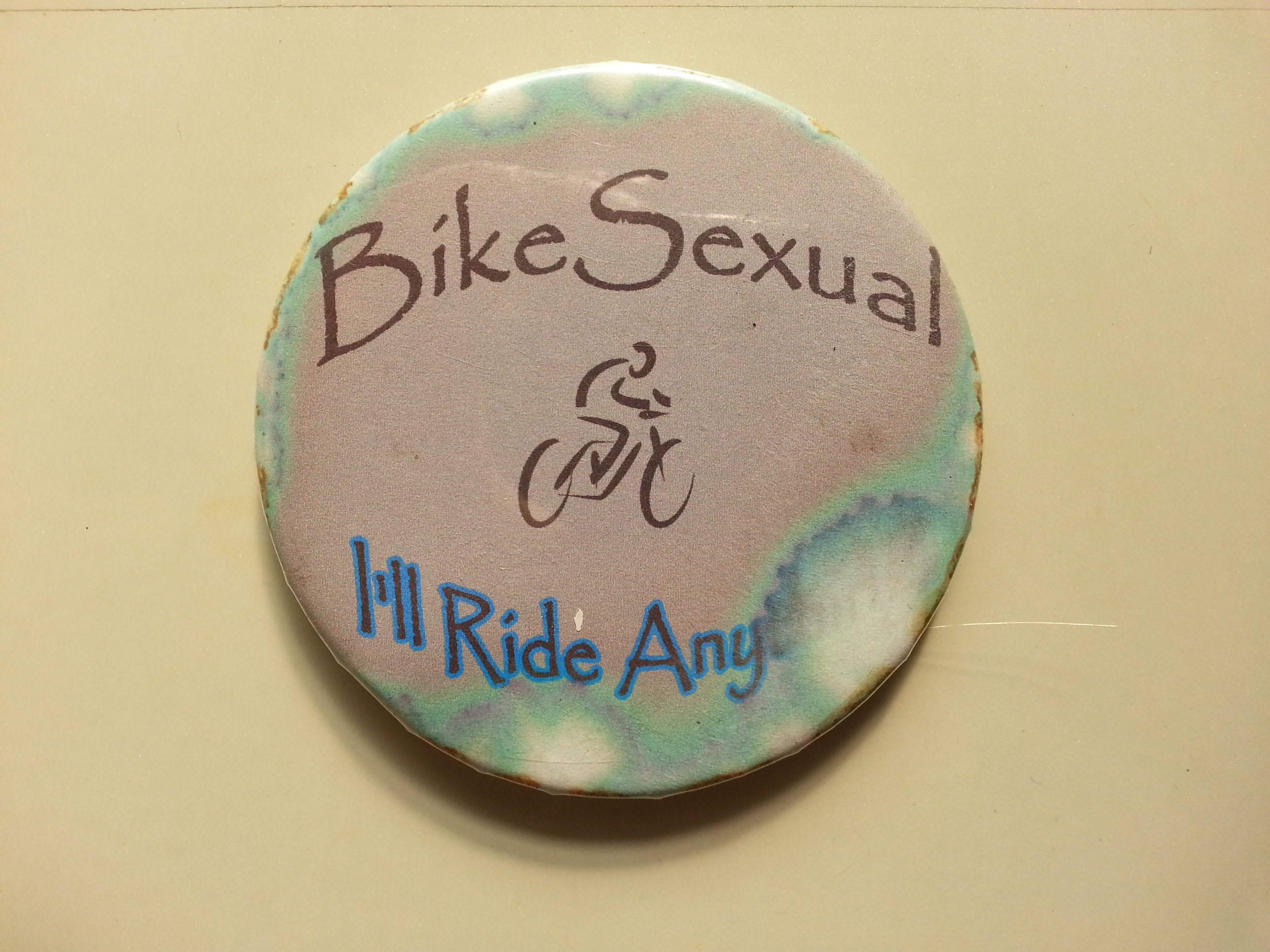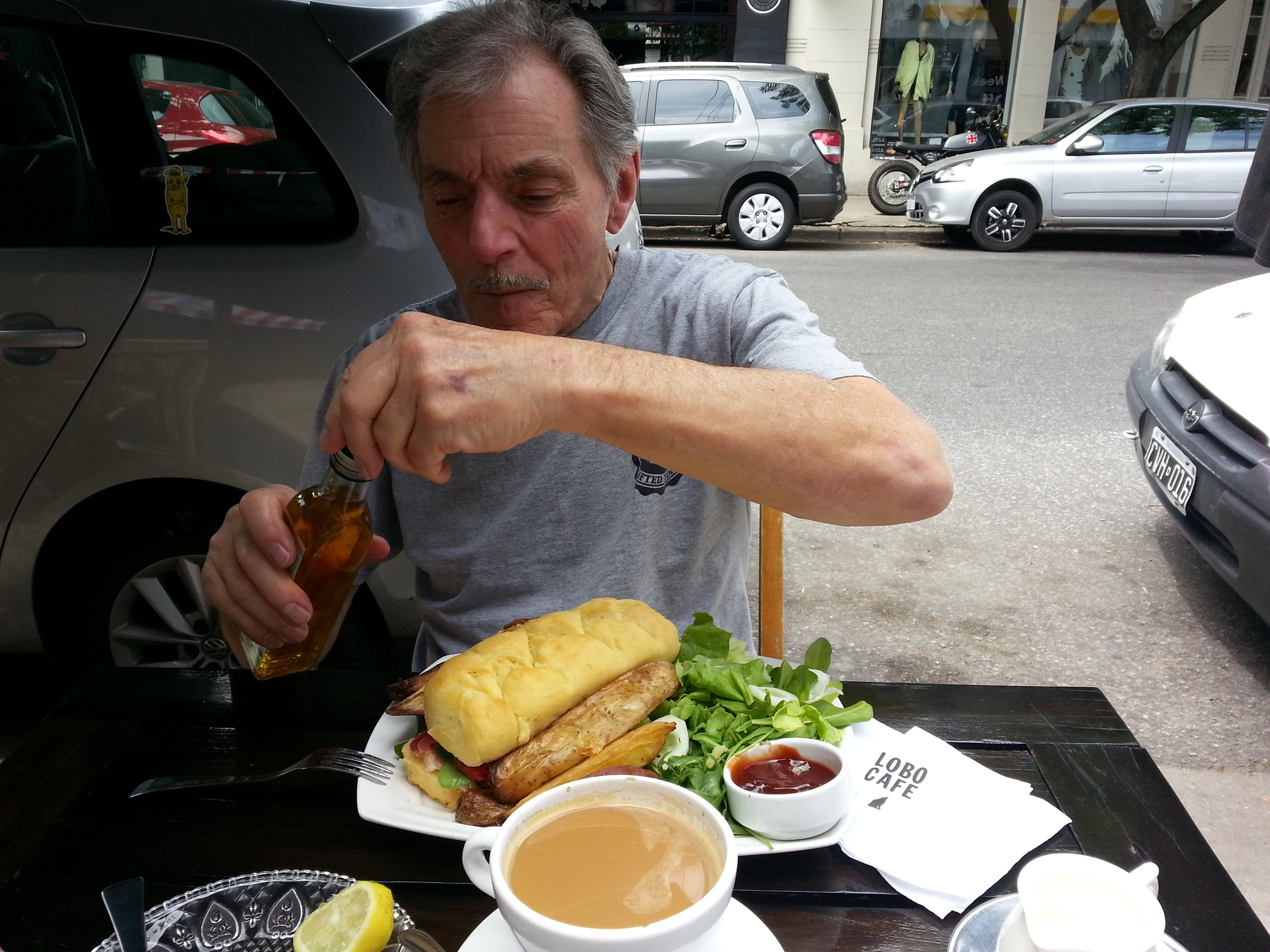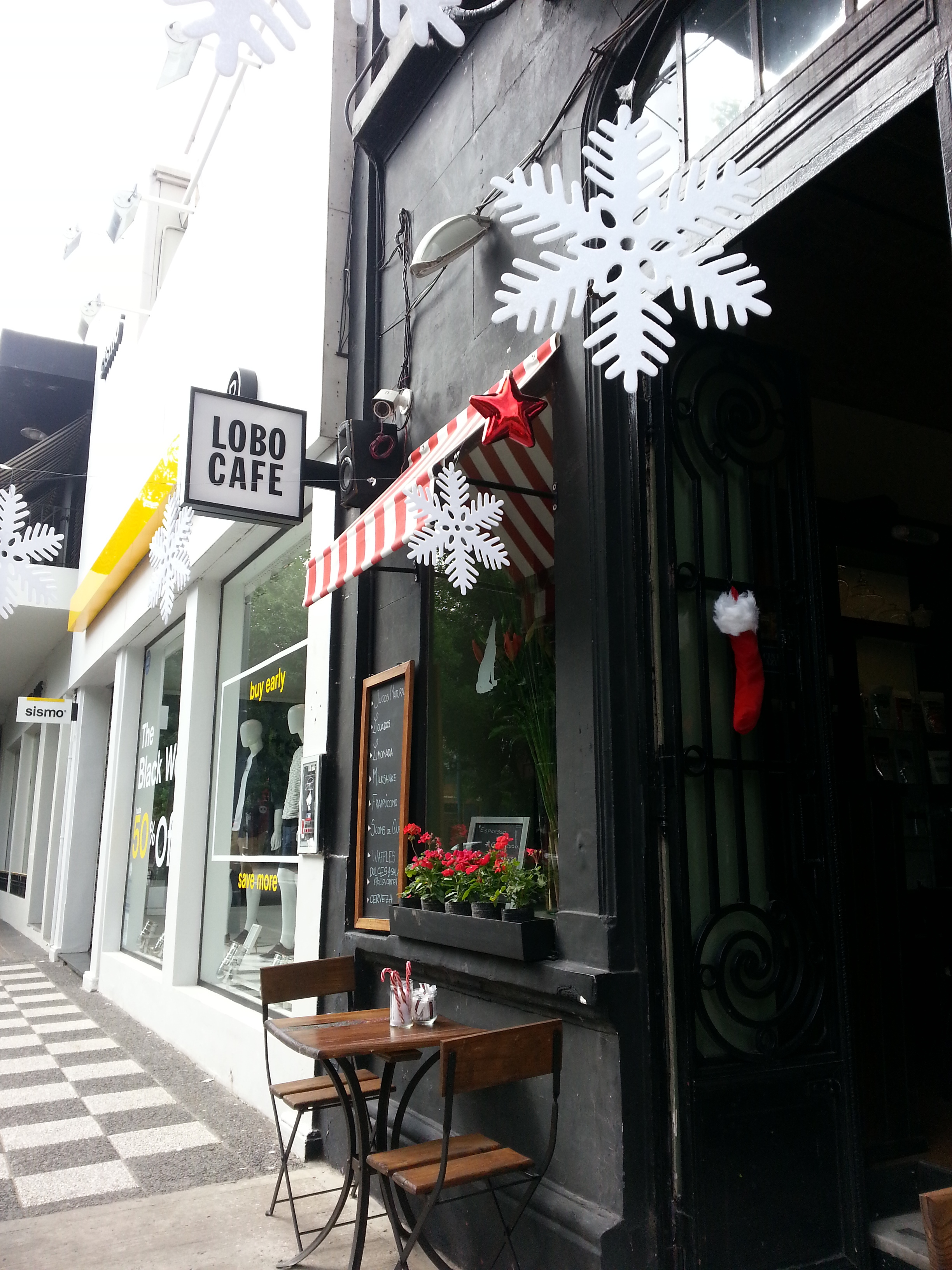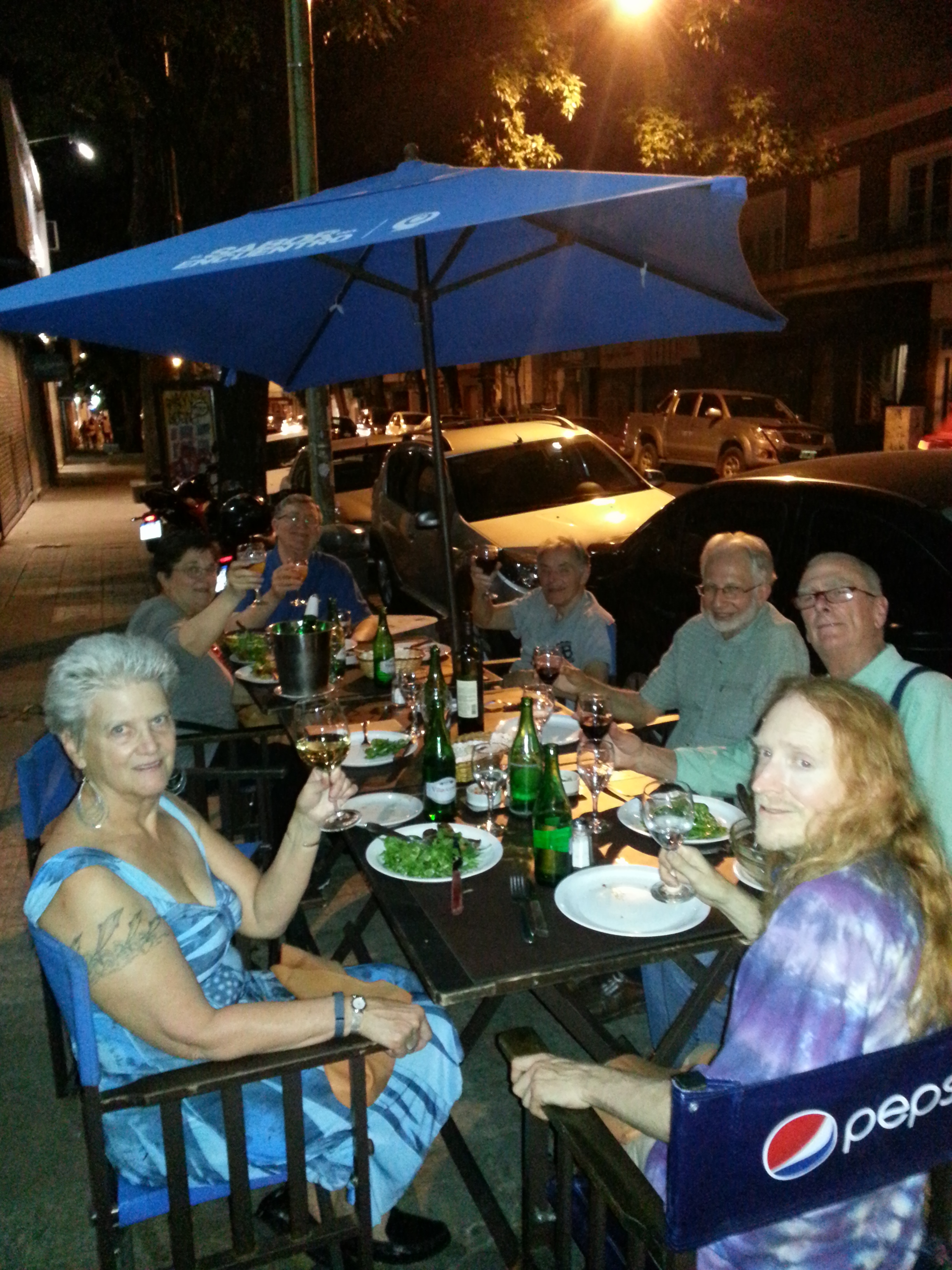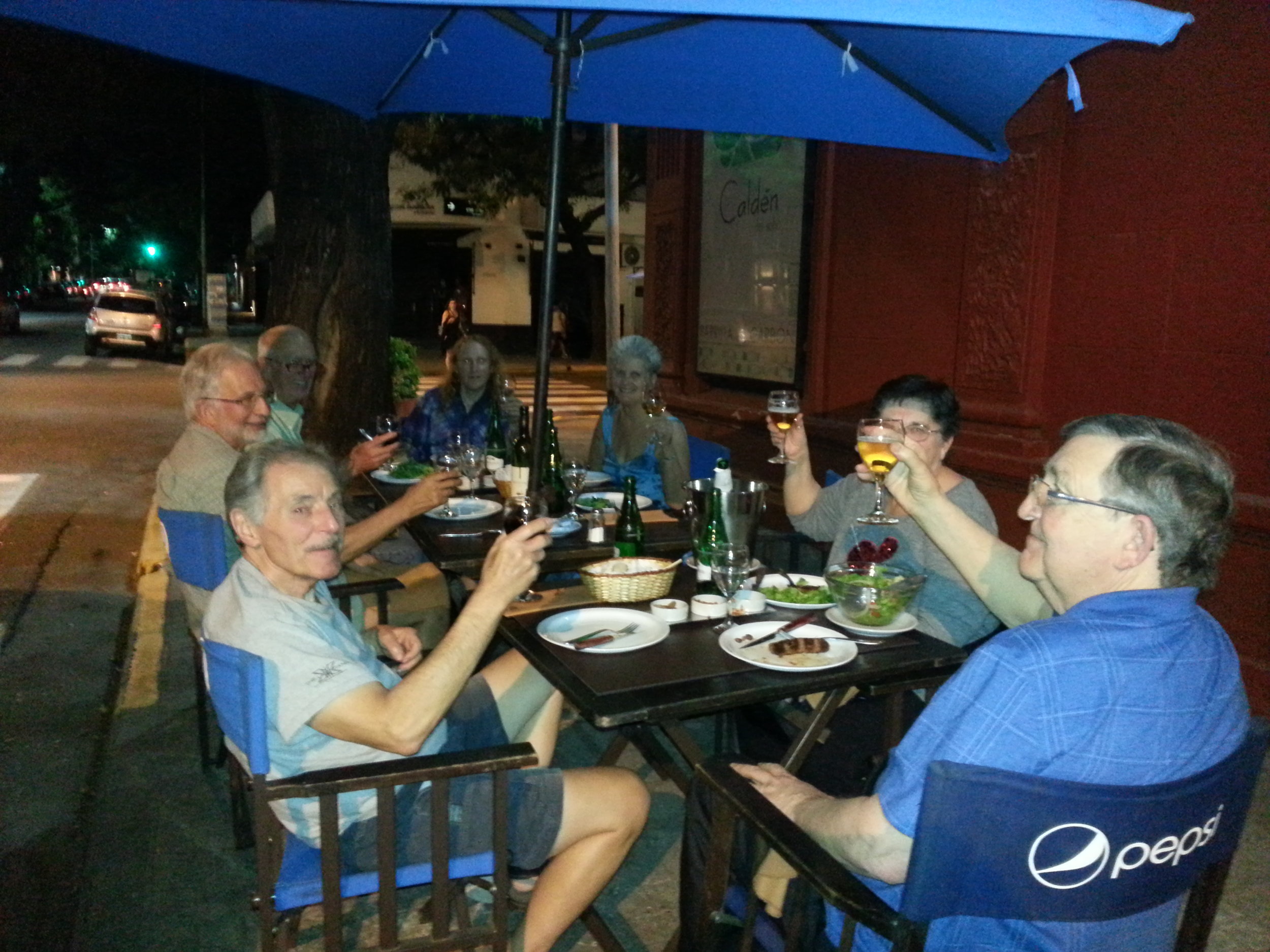Bed and Breakfast place in the Tigre delta
Susana and her husband are friends of Argentine friends of mine. The last time I visited their house out on the Tigre delta, they were still building it. That was in 1999 or 2000 (Silvana and I can't remember exactly when we went there, and neither of us took pictures). When members of my tour group asked what else there was to do in Argentina besides tango, I thought of Isla Macondo, and wrote to them.
The Caraguata River is not a happening place: this is the place to go in order to do nothing! Think the opposite of the bustle that is Buenos Aires. Think RELAX! This is where people go to just hang out for a few days. You can swim in the river, take a canoe out and paddle around, or use the river taxi to check out the various restaurants and bars that dot these waterways; but that's about it.
We took the local train to Tigre, about an hour away from where we were staying in Palermo. Unlike my last trip, you can now just use your Sube card (subway/bus pass) and get on the train! It think it was 12 pesos for the ride. It was a holiday weekend, and the train was packed to the gills with folks escaping the city for a few days.
In Tigre, we only had time for lunch before boarding a river taxi. We ate at Vivanco Restaurant (General Bartolomé Mitre 74, Tigre). The flan was magnificent, especially as I had not yet had flan during this visit, and it is my favorite dessert! Connie had some sort of prawn dish.
To take the river taxi (lancha colectiva), you have to know the address for your destination. "Caraguata 1098" got us the right tickets and they put us on boats depending on our destination. Then, as we went up the river, the guys on the boat made sure that they had a list of where everyone needed to go, and stopped at each place on the way. They managed to snag each dock, pull the boat close, off- or on-load people, and off we went, with barely a pause.
Susana met us at the dock for Isla Macondo. She was surprised to see us an hour early: apparently, they had added extra launches because of the holiday weekend, and we could have had a bit more time in town. She offered us tea and mate, and homemade fruit bread, fresh from the oven. The group settled into their rooms, and the island had its inevitable effect: people kept dozing off in comfy chairs!
From what I hear, dinner and breakfast the next morning were very yummy. My memories from 1999 are of a scrumptious outdoor barbeque, good wine, and excellent coffee and breakfast the next day. Susana is lovely and eager to please. Her husband is building another house for vacation rentals nearby, to add to their capacity.
My husband and I were going home that evening, to make sure that the other tour participants in Buenos Aires were OK. It was quite a journey for one day: almost 3 hours on the boat total, plus 2 hours back and forth to Buenos Aires on the train. Plus it was so relaxing out on the river! I wish I had stayed overnight, too! They have three bedrooms available, great food, and very good hosts.
To book at Isla Macondo, you can contact them at susana@islamacondo.com.ar and ask for details. They do not speak much English, but I do, so that was not a problem for the group. I appreciate that they were very flexible with the changing travel plans of my group in a way that a larger business would not have been. They are open December to May for the summer season.





















